2018 was a year of escalation. In many ways, it felt similar to 2017, with a sense of tension hanging in the air and a new surprise lurking around every corner. But if 2017 was polarizing, 2018 in many subtle ways was even more extreme. And we’re not just talking about the state of the world here– we’re talking comics, too.
The best comics of 2018 pushed their respective genres forward in confident and powerful directions. They embraced the absurdity of their conceits without apology. They found themselves exploring both the best and the worst of us as contemporary people struggling to keep up with a world that seems to change faster every day. More horrific. More surreal. More beautiful.
More.
* If you buy something via the links here, The Beat or its contributors may earn a commission.
Alex Lu
Crowded
Writer: Christopher Sebela
Penciller: Ro Stein
Inker: Ted Brandt
Colorist: Triona Farrell
Letterer: Cardinal Rae
Publisher: Image Comics
Guns! Apps! Murder for fun and profit!
No, this isn’t America in 2018, but the world of Crowded sure doesn’t feel far removed from it. Set in a near future version of Los Angeles, Crowded grabs you by the neck and shoves you into the deep end of Charlie Ellison’s life. One day she’s a career gig worker, hopping from “Drift” driver to dogsitting to babysitting to tutoring to rent-a-friend– all in the space of one day. Then, as she’s sneaking out of a one-night-stand’s apartment the next morning, a little old lady walks up and tries to shoot her in the head.
This violent incident is the start of one of the most energetic and thrilling comics I have ever read. As it turns out, Charlie has a campaign open for her on Reapr, a (legal! sorta!) app that allows anyone to crowdfund a bounty on anyone else’s life– and Charlie’s bounty is huge: one million dollars and counting (who knows why? Not Charlie, certainly?!). As she and her hired bodyguard Vita Slatter make their way from safehouse to safehouse– from an old family home to an awful motel and a weaponized library-turned-shelter (because who reads anymore, ew?), the stakes keep rising and the body count keeps climbing.
Crowded‘s creative team has built a world that is very much of our time. Behind its cartoon-y aesthetic and bright pops of bubblegum color lies a morbidly humorous yet also indicting narrative tone. In between all the violent gun fights and the car chases come quiet moments where the characters and by extension, us, are forced to ask the question– how could the world slide so far? What has the dehumanization of our economy and our sense of community done to our morality? Is a world where everyone works twelve jobs and human life is worth little more than a button press one that we really want to live in?
Infidel
Writer: Pornsak Pichetshote
Artist: Aaron Campbell
Colorist: José Villarrubia
Letterer: Jeff Powell
Publisher: Image Comics
Infidel is a singular comic. There’s nothing else like it and there will be nothing else like it because it is very much rooted in this America, made for this moment of this nation’s history. It’s a story that seeks to to take all our internal anxieties about Islamophobia and race more generally and externalize them in wildly horrific ways. It’s a story about Aisha, an American Muslim woman who moves into an apartment in New York City that’s haunted by a force that feeds off xenophobia.
Infidel succeeds because Pornsak Pichetshote doesn’t shy away from the grey areas of our racial discourse– the characters in Infidel have conversations that many of us are too afraid to have in the real world out of fear for saying the wrong thing or using the wrong words to express our opinions.
Infidel also succeeds because it does something that few horror comics can claim to do– it actually terrifies. Despite the reader being in total control of the pace of the story, Infidel manages to unsettle us page after page thanks to Aaron Campbell’s and José Villarrubia’s expert use of color, composition, and artistic tools to render a world where we’re not simply told the monsters haunting our leads are of another plane– we see it and feel it in the way they’re chillingly rendered in hyper-realistic detail.
My Boyfriend is a Bear
Writer: Pamela Ribon
Artist & Colorist: Cat Farris
Letterer: Saida Temofonte
Color Assistants: Caitlin Like, Gabriel Fischer, Ron Chan, Allyson Willsey, Jon Siruno
Publisher: Oni Press
It’d be easy to compare My Boyfriend is a Bear to last year’s Oscar-winning film The Shape of Water. In very basic conceit, the stories are similar– a young woman, frustrated and feeling somewhat adrift, meets a creature that looks monstrous on its face yet acts surprisingly and endearingly human. However, in execution, these stories couldn’t be more different. Where Shape of Water revels in nostalgia and sentimentality, My Boyfriend is a Bear fully leans into the absurdity of its conceit. It’s basically taken as a given from the start that yes, lead character Nora is dating a 500-pound American Black Bear– and yes, that is totally fine.
What that baseline of acceptance does is allow My Boyfriend is a Bear to embrace the more typical and universally relatable parts of a relationship and lend them a sense of levity and fun that makes the book one of the most joyous and revitalizing reads of the year. Maybe your partner is clumsy– so is the Bear, who has a page devoted to showcasing objects he has broken. Maybe your partner has some very different living habits than you do– Nora (and me, the late riser to my partner’s early morning energy) can relate. And I’m sure we all have a mental board full of the faces of “Douchebags I’ve Dated.”
This isn’t a story about a relationship being accepted by others so much as it is a story about those in a relationship learning how to trust and fully accept one another. It’s hilarious and moving. It’s wonderfully written and beautifully drawn. It’s a surrealist’s and a romantic’s dream come true.
Young Frances
Cartoonist: Hartley Lin
Publisher: Adhouse Books
Frances Scarland is like so many of us in our early twenties– professionally competent yet emotionally adrift. A law clerk at a huge private firm, Frances finds herself sailing through her career– navigating the complex political web of hungry associates, inscrutable partners, and beaten down support staff with seemingly no effort at all. Yet, despite her apparent success, Frances doesn’t feel whole. She struggles to sleep. She struggles to date. She struggles with her roommate and best friend, Vickie, an actor who whose impulsive and unreserved attitude can often clash with her more measured approach to life.
Far from offering a roadmap to personal and professional success, however, Young Frances ends in a way that resists easy summation. In many ways, I found myself pained that when forced to make a major decision, Frances goes one way when I so desperately wanted her to go another. But perhaps that’s the real message of this book– our lives are a long series of choices. Some are big and others are small. However, what really makes us who we are is not what choices we make, but whether we are being true to our own motivations and interests when we make a decision. It’s easy to say yes to something in order to please someone else. Perhaps their pleasure would give you happiness as well– but that kind of joy is temporary. It’s only when we make choices that we know are true to who we really are as individuals can we actually find happiness, the wants of others be damned.
Kyle Pinion
Bloodstrike: Brutalists
Cartoonist: Michel Fiffe
Publisher:Image Comics
It’s become almost a cliché for me at this point, as over the last three years I’ve included a Michel Fiffe comic in my “Best of the Year” selections; his adventure fantasia COPRA in 2015 and 2016, and then the long-awaited Fantagraphics collected edition of his sci-fi slice of life work, the all too short-lived Zegas.
This year veers us back to the action side of things, as Fiffe put his creator-owned work on a short pause in 2018 to do some much-anticipated work for hire. The first of these projects was his spin at the Rob Liefeld-created Extreme Universe, with Fiffe taking a crack at the undead black-ops team Bloodstrike. With these three issues, he threads a tough needle: both acting as a stand-alone story, but also filling in a previous publishing gap in the original series (the issues are numbered #0, #23, and #24 respectively). That the story reads so smoothly and also ties together Liefeld’s creations in an impressive revitalization (and in one case, a reclamation) of Extreme as a shared creative space, while maintaining its recent ongoing status as an idiosyncratic playground made it one of 2018’s most thrilling reads. Also, that middle chapter is a thrilling Keith Giffen tribute to his time working on the title, worth it for that alone. There should be more Keith Giffen tributes.
Superman/Action Comics
Writer: Brian Michael Bendis
Artists: Ivan Reis, Patrick Gleason, Ryan Sook, Various
Publisher: DC Comics
To be clear, I liked the previous run of Superman comics, and have attested to that fact in multiple pieces on this very site. I also never quite felt totally satisfied at the same time. The emotional core was finally restored to the character following the New 52 take, but something grander was missing, the greater threats always seemed a little hollow, and the Metropolis cast seemed to rarely get its due. With Brian Bendis’ big debut on the property, there was an immediate, palpable shift. While his The Man of Steel miniseries was a solid mystery that set the table for what was to come, it was the outset of two ongoing series that firmly planted Bendis’ take on the character and established it as one of the must-read comics in the DC line.
On the Superman-side, he teamed with Ivan Reis for the ongoing cosmic epic The Unity Saga – which finds Superman squaring off in the Phantom Zone with the Bendis-created Rogol Zaar and Jax-Ur, while Earth is continually getting shifted about in its location, with both the Atom, the entire Justice League, and even Adam Strange is involved. And right around the corner: the return of Jon. While over in Action, drawn by Patrick Gleason and currently Ryan Sook, it’s all about the Daily Planet and the organized crime of Metropolis. We get a chance to visit with the staff regularly, while Superman is dealing with a new threat called The Red Cloud. At the same time, The Question makes his debut as a third-party to throw an additional wrench in things just ahead of the growing threat of Leviathan. Between both books, Bendis, Reis, Gleason and Sook are highlighting the versatility and scope of Superman as a storytelling device, and it’s frankly the most exciting these comics have been since…the early days of Morrison’s run? When Johns and Frank were on Action? I hungrily devour these comics each month.
Immortal Hulk
Writer: Al Ewing
Artist: Joe Bennett, Various
Publisher: Marvel
It was pointed out to me once– I think indirectly by Joe McCulloch on Twitter– that 99% of superhero comics are pitched into a Post-Kirby mold. Conversely, very few comics could be considered Post-Ditko..there’s Watchmen, the above-mentioned work of Michel Fiffe, some of the more recent Dan Clowes comics, and not a whole lot else. So it’s surely a stretch, but with Al Ewing and Joe Bennett’s horror-infused take on the Hulk – it feels like they’re synthesizing two different smaller points in Ditko’s career for inspiration: his short-lived but impactful era of the Hulk (where the ever-shifting miasma of the character still existed but was beginning to solidify) and the artist’s storytelling approach to Warren Magazines like Creepy and Eerie.
Regardless of whether it meets any criteria for Ditko storytelling adherence, the results have produced the finest Marvel comic since Tom King’s and Gabriel Walta’s The Vision and the first one I’ve wanted to read month to month since that series conclusion. It’s nice to see Ewing finally get to stretch his writing chops on a comic that, half a year in, has had no event related crossover or tie-in interfere with its momentum. And boy what a story it’s telling so far, starting off “done in one” style and then building into something bigger regarding the very Gamma radiation that give the Hulk his power, his ever growing abilities, “the green door” and what looks to be his questing into Hell itself. I also think this is some of the finest work of Joe Bennett’s career and showcasing an amazing knack for Cronenberg-style body horror.
Koshchei The Deathless

Writer: Mike Mignola
Artist: Ben Stenbeck
Colors: Dave Stewart
Publisher: Dark Horse Comics
There’s a bunch of Hellboy spinoffs and related miniseries, but ever since the completion of Hellboy in Hell, creator Mike Mignola hasn’t taken the reins on any of them solo. Koshchei The Deathless marked a change in that trend, as Mignola re-teamed with his one-time Witchfinder and Frankenstein Underground collaborator Ben Stenbeck for the folkloric tale of the immortal warrior that played a key role in Hellboy’s eventual mortal downfall. Framed as a story over drinks that the now friendly Koshchei is sharing with Hellboy in a tavern in Hell, we learn everything about his background – from his human life, to his first meeting with the Baba Yaga and their budding relationship, his battle with the last dragons, to a deeper understanding of the role Vasilisa plays in the Mignolaverse and how it shaped Baba Yaga and Koshchei well ahead of the events of “Darkness Calls”.
Generally speaking, of the Hellboy spinoffs, my favorites are always the ones Mignola fully scripts himself (the incredible Plague of Frogs excepted), so this return adds another fine supplement to the backbone of the Hellboy saga – especially in the new dimensions it adds to a pivotal moment in the character’s history and the decisions and deeper mythological backdrop that led to those events. Once you get done reading Hellboy in Hell, if you haven’t read it already, this is the perfect follow-up and stood as, for my money, the best comic of the first half of 2018.
Samantha Puc
What If? Magik
Writer: Leah Williams
Artist: Filipe Andrade
Cover: Jeff Dekal
Publisher: Marvel Comics
What if Magik didn’t have anything to do with the X-Men? What if she ran away after she escaped from Limbo and was found by Earth’s Sorcerer Supreme, Doctor Strange? What if he trained her to use her powers and take up his title so he could retire in peace? In this Marvel Comics one-shot, Leah Williams answers these questions and more, digging into Illyana’s backstory to create something totally new and completely perfect.
This is hands down the best single-issue comic I read all year. Williams actually manages to make me care about Dr. Strange, which is quite a feat. The succinct and evocative story structure is paired with perfect dialogue, which enhances this issue’s incredible portrayal of everything that makes Illyana Rasputin amazing, explored in a different timeline. I love it. I love it. I will never stop thinking about this comic. I’m especially impressed by how deft of hand Williams is when dealing with a survivor narrative; Illyana defeats her abuser in a way that makes sense not only with her power, but with where she is at that particular point in her recovery and healing. It gives me goosebumps just thinking about it.
The Wilds
Writer: Vita Ayala
Artist: Emily Pearson
Colorist: Marissa Louise
Letterer: Jim Campbell
Publisher: Black Mask Studios
The Wilds is a new take on zombies that explores what happens when a bacterial infection turns humans into walking plant life. It follows Daisy, a compound runner responsible for transporting cargo between settlements, as she attempts to navigate the apocalypse without losing anyone she loves. “Anyone not infected was a target. They were like a vengeful garden. Like Mother Nature got tired of our shit and sent her children to get rid of us.”
This series is, first and foremost, absolutely gorgeous. Zombie narratives are never of particular interest to me because of how gorey and uninspired they are, but The Wilds is as creative as it is heartbreaking. The team examines racism and classism in this series in a way that doesn’t compromise the power of any of their characters, but also deals with how dangerous privilege can be, especially when the world has ended. Their protagonists are queer women of color who are doing their damndest to keep themselves and their found family alive, in spite of several obstacles that keep putting them all at mortal risk. The Wilds is beautifully crafted, and its exploration of how beauty can destroy as easily as anything is breathtaking.
Archival Quality
Writer: Ivy Noelle Weir
Artist: Steenz
Publisher: Oni Press
When Celeste Walde is fired from her library job due to her struggles with mental health, she finds a local museum (that was once a poorly-run mental health facility) looking for an overnight, residential archivist and applies right away. As she works, she slowly begins to unravel the sinister history of the building, all while repeatedly seeing the same ghost — even in her dreams.
Archival Quality does several things simultaneously: it explores the nuances and difficulties of depression, crafts a truly spooky ghost story, and reiterates the importance of archival work even in the age of the internet. Weir and Steenz are a powerhouse team whose comics are always refreshing, but this one has stuck with me since I read it in January and will likely stick with me for a long, long time.
Black Bolt Vol. 2
Writer: Saladin Ahmed
Artist: Christian Ward
Publisher: Marvel Comics
After Black Bolt and his fellow prisoners are freed from mind-bending captivity, he returns to Earth with the alien child Blinky and his trusty dog Lockjaw — but danger lurks around every corner. The Inhumans have been imprisoned and their way of life is at risk, and Black Bolt’s personal failings are on display like never before.
Anything this creative team touches would probably turn to gold. Ahmed’s writing is superb and Ward’s art is so explosive that I feel compelled to take in every detail, which often means staring at pages for minutes on end. I read Black Bolt at the urging of my partner, and it gave me all the feels. All of them.
The Prince and the Dressmaker
Cartoonist: Jen Wang
Publisher: First Second Books
The Prince and the Dressmaker chronicles the friendship between Prince Sebastian and his best friend, the dressmaker Frances. It also explores gender identity, as Sebastian attempts to navigate his princely duties in conjunction with his desire to wear dresses and makeup as his alter ego, Lady Crystallia. When Sebastian’s secret means Frances may never achieve the greatness she dreams of, conflict arises, though thankfully, this story has a happy ending. (Sorry for the spoiler.)
I really loved this graphic novel, especially because of how it explores queerness in young people. My partner, who is non-binary, rightfully commented when they read the book that since Wang takes liberties with the historical facets of the story, there’s no reason for Sebastian not to identify using contemporary language about gender. Explicit acknowledgment of queer and trans identity is paramount to better representation, thus I am inclined to agree. However, this story is so sweet and uplifting that I can’t help but include it on my 2018 list, especially in hopes that it has helped kids feel seen, even if they weren’t expecting it.
AJ Frost
One Dirty Tree /A Perfect Failure: Fante Bukowski 3
/A Perfect Failure: Fante Bukowski 3
Cartoonist: Noah Van Sciver
Publishers: Uncivilized Books/Fantagraphics
Many years from now, we may see 2018 as the annus mirabilis for Noah Van Sciver. Over the course of this year alone, the now-South Carolina-based cartoonist released four books—two graphic novels, a sketchbook, and a small-press comic—all of extremely high quality and maturity. While the sketchbook and the comic, Constant Companion and Blammo #10 respectively, are informative as diaries of Van Sciver’s growth as a storyteller and artist, it’s the two graphic novels that are worthy of the most praise. One Dirty Tree and A Perfect Failure: Fante Bukowski 3 display Van Sciver’s deftness at navigating the precariousness of emotional tones in two different directions.
One Dirty Tree is a family memoir that is, at times, absolutely heartbreaking and viscerally shocking. In conveying the early part of his childhood, Van Sciver is stark, frank, and bleak. Interwoven with vignettes of his childhood and adolescence, One Dirty Tree also examines the pivotal time when Van Sciver left his twenties and a long-term relationship. An inward-thinking writer with an eye trained on the humanist aspect of every situation, Van Sciver’s dealing with the deterioration of his romantic relationship hits just as hard as seeing his family struggles. It is powerful work.
On the flip side is Fante Bukowski 3, the final arc of the Fante Bukowski saga, is one of funniest and most pointed satires of the year. The eponymous Fante—the poster child for millennial mediocrity—skewers not only the publishing industry, wannabe artistic savants, and egomaniacs everywhere, it also shows the human side of the character tropes; their wants and needs. Fante could easily have been a horrible person, let alone a stereotypical literary poser. But he’s more than that. He’s a person with flaws and dreams. And Van Sciver allows us to both laugh at and root for Fante. To elicit such dichotomous reactions is rare, but it’s so effortless here. Van Sciver’s contributions this year are among his best work and some of the best in independent cartooning.
Coyote Doggirl
Cartoonist: Lisa Hanawalt
Publisher: Drawn & Quarterly
Lisa Hanawalt draws weird shit. That’s just a fact. Yet, her idiosyncratic style is also the reason why her work is constantly some of the most interesting and absorbing on the scene today. In addition to her job as the production designer on Netflix’s acclaimed series Bojack Horseman, Hanawalt creates singular pieces of comix media. Though she has released two volumes of doodles and short stories though D + Q, with Coyote Doggirl, Hanawalt merges her off-kilter humor and genius approach to color and mood to create one of the strangest and most powerful Western comics in years.
The title character, literally a girl dog/coyote chimera, rides her horse through valleys, plains, and mesas, is tracked by outlaws trying to get revenge on her, and tries to survive the perilous west through many misadventures. To say that this is one of the most unique looking books of the year is an understatement. Hanawalt’s watercolor aesthetic is absolutely stunning. As I wrote in my review earlier this year: “Part of the beauty of this book is discovering the visual treats that Hanawalt delivers on each turn of the page.” I stand by this statement. There is no comic that looks or feels like Coyote Doggirl. It is completely unique, special, and unfiltered. A pure visual delight.
The Joe Shuster Story: The Artist Behind Superman
Writer: Julian Voloj
Artist: Thomas Campi
Publisher: Papercutz’s Super Genius
Where would we be as a society without the contribution of Joe Shuster’s and Jerry Siegel’s Superman to the pop culture lexicon? Fortunes have been made and careers built on the back of the mighty Last Son of Krypton. But how many lay people (as it were) have delved into the saga of Superman’s creators? The strength and brilliance of The Joe Shuster Story is that it vividly relays the halcyon days of the golden age with a realist’s eyes towards the consequences of unchecked greed and ego. Julian Voloj’s script is rich with historical detail that emotionally charts the highs and lows of Superman’s rise to international renown and the subsequent struggles from Joe and Jerry to be recognized for their work. Thomas Campi’s art is simply stunning. The figure of Shuster he captures so wonderfully in these pages is an empathetic figure: a man with everything to gain, and everything to lose. This book includes some of the most emotionally resonant art produced for a comic in some time. Ultimately, The Joe Shuster Story is a tale of unbridled aspiration in a world beset with the cruelties of reality. Superman, as an extension of Joe and Jerry’s imagination, is the encapsulation of human goodness, kindness, and forthrightness. And that makes this one of the best books of the year.
Mr. Wolf’s Class
Cartoonist: Aron Nels Steinke
Publisher: Scholastic Graphix
As my colleagues and I have detailed in these digital pages, some of the most exciting work in comics comes from the ever-growing field of middle-grade graphic novels (and the growing interest in publishers to cater to this hungry audience). Mr. Wolf’s Class, a warm and winsome book from Aron Nels Steinke, is the tale of the first day of school for the titular Mr. Wolf and his unruly, if loving, fourth grade students. Steinke, a fourth grade teacher himself, renders the first day of school so vividly that it brought back memories of my own childhood, with all the awkwardness and anxiousness intact. It was an uncanny experience, but one that made me connect immediately with the book.
Mr. Wolf himself is an ideal teacher: calm, understanding, and completely devoted to his students. His students, for their part, are rambunctious but kind and caring, the type of kids you want to mold to be the best they can be. Everything about Mr. Wolf’s Class radiates kind-heartedness, which in this day and age, is such a badly-needed antidote to the lurking darkness. It’s this feeling that makes Mr. Wolf’s Class one of the most inspiring and comforting books of the year.
I Moved To Los Angeles to Work in Animation
Cartoonist: Natalie Nourigat
Publisher: BOOM! Studios’ BOOM! Box
As someone who can’t draw, the process of taking thousands of pictures (or CGI pixels) and creating something emotional is akin to alchemy. Thus, to me, animation is a magical process. But of course, the actual production of animated work requires the talents of untold amounts of individuals who have the patience, skill, and chops to work in the highly-competitive field. Natalie Nourigat, a storyboard artist for Disney, provides an insider’s view of what it takes to make it in animation, but also her own personal journey from freelance artist to a professional within the industry. Part memoir, part travelogue, and all lushly drawn, the resulting I Moved to to Los Animation to Work in Animation I is simply a wonderful book for those who want to learn the finer details of the animation industry or who just want to read a charming, witty ode to those who dedicate their lives to bring happiness to others. Filled with bright colors that mimic an LA sunset, Nourigat creates a distinctive and fun tome that reminds everyone why animation is a special place for community and unlimited artistic expression.
John Seven
Belonging: A German Reckons with History and Home
Cartoonist: Nora Krug
Publisher: Scribner
What must it be like to part of the world’s most shamed nationality? Sometimes it feels like Americans are on the cusp of finding out, and with that in mind, they could do worse than look to Germans for guidance on how to cope with that, maybe some ideas about how to make that not actually happen. I guess.
Krug’s memoir is all about that, and more. Krug digs into her family’s past with the energy for thorough research and then translates that into a multi-formatted narrative of her personal history within the context of more extensive German history. There are some comics in there, but they are merely part of a tapestry that also includes illustration, photography, and collage, often resembling a scrapbook format.
This elaborate presentation mirrors not only information that Krug is collating, but the pathways and conclusions that they lead to. And yet she keeps it all so human and down to earth even as she tackles lofty concepts.
Exit Stage Left: The Snagglepuss Chronicles
Writer: Mark Russell
Penciller: Mike Feehan
Inker: Sean Parsons
Colorist: Paul Mounts
Letterer: Dave Sharpe
Publisher: DC Comics
I guess it’s time to put away the shock about this being a Snagglepuss comic and accept that Mark Russell has concocted the most insightful, heartbreaking cartoon character reinvention I have ever seen. Recasting Snagglepuss as a Tennessee Williams-style playwright during the Red Scare of the 1950s who struggles with keeping his queerness hidden from the outside world seems so obvious now that it has been done. That’s to Ruseell’s credit, seeing something we all should have noticed but never could have pulled off with such humanity, wit, and gentleness.
The use of Snagglepuss also mirrors the real-life situation in that era, when gay humans needed to mask their real selves from the public eye. As we watch Snagglepuss’ situation unfold, you can’t help but think of men like Rock Hudson or Tab Hunter or Spencer Tracy or Cary Grant or Raymond Burr and the scores of other men and also women in show business who feared their secrets would get out. It’s not that Snagglepuss tells a unique story, it’s that it tells a typical one, and that’s to our shame.
But using Snagglepuss in that role — as well as other characters like Huckleberry Hound — is Russell’s way of bringing it home to those of us who don’t face those issues. The point isn’t that a beloved cartoon character from my childhood was secretly gay, the point is that he was terrorized because of it, that people treated him horribly and persecuted him only because of that. The point is the hate. Once we are able to understand it on a Snagglepuss level, then we can transfer that understanding to Raymond Burr. And then we can apply it to every normal person — relatives, friends of the family, co-workers, neighbors — who have gone through the same. And then we can cast the haters and the bullies as precisely what they are.
Snagglepuss is nothing more or less than a plea to live and let live, and if at all possible, do so with some wit, style, and intelligence.
Other People: Days of the Bagnold Summer & Driving Short Distances
Cartoonist: Joff Winterhart
Publisher: Gallery 13
Edginess wears me down. It’s so often evoked in storytelling as a way to announce that the narrator is not bound by conventions, by delicacy. It’s employed to prove that the narrator is going to say what needs to be said, that the truth is what matters, that we need to face darkness, that we need to stop being such delicate flowers in the face of relating human stories. Blah, blah, blah. Exhausting. And disingenuous. Sometimes edginess is just the narrator not knowing how to parse anything troublesome as anything other than shocking. Sometimes, more is needed.
That’s one of the things that was in my mind as I read Joss Winterhart’s dual-story collection. Not that these are edgy. They are the opposite. They are gentle, but in their gentleness, they get into dark places with more honesty than the edgiest of narratives, because they aren’t focused on turning the characters into victims of a misunderstanding world. Winterhart wants you to like his characters because you understand his them, warts and all. It’s a happy world inhabited by sadness, and neither emotion is wrong. They’re just part of the beautiful nuance of living.
In one story, Winterhart follows an awkward heavy metal kid and his mother during summer vacation. In the other, it’s a down-on-his-luck young guy who returns home and procures a curious job driving around town with an older fellow whose rough edges dominate his entire demeanor. Both are about the nexus points of incompatible human beings, of people who live with fear and hurt and are trying to navigate the world despite these daunting aspects of their existence. And somehow, both stories end up hopeful without being cheesy, after following the darkness in a way that doesn’t envelope the reader in it or define the characters solely that way. These are lovely, important character studies, and I hope Winterhart pursues more of this kind of work.
Passing For Human
Cartoonist: Liana Finck
Publisher: Penguin/Random House
Everyone’s complicated, but it’s how we express that complication and the scope we give our expression that makes us different from each other. Often we approach our own muddle with tropes that make it easier to express what’s going on to other people, and mostly we relate those tropes in emotional terms. Our complications are how we feel.
That’s not quite how Liana Finck does it, though, and that’s made her a very singular voice in the realm of personal, autobiographical comics. Finck understands how she sees herself and can express her feelings in that area, but she’s also focused on how she looks from the outside and how external circumstances have contributed to how she sees herself. She approaches autobiography from multiple vantage points and sees her complication as, well … complicated. Tropes don’t quite capture what she’s trying to express, and raw emotion doesn’t either.
In Passing For Human, Finck expresses her most personal trajectory by way of family biography and magical realism. In Finck’s view, she, her mother, and her grandmother are part of a broader phenomenon in which women find themselves accompanied by and then part with shadows that guide their creative spirit and are ultimately cast away by society in a complex and sometimes devastating form of abandonment. In this context, Finck relates her own struggles to create and to find her place in the world.
In creating Passing For Human, Finck doesn’t just dissect her own biography in unique mosaic but also provides a creative template that any of us might be able to follow in examining ourselves.
A Sea of Love
Writer: Wilfred Lupano
Artist: Gregory Panaccione
Publisher: Lion Forge*
Imagine The Odyssey if instead of just Odysseus having a grand adventure, Penelope went out to have one as well. Then imagine it in modern times, penned by Preston Sturges, with some of the most beautiful color artwork imaginable. That begins to describe A Sea of Love yet leaves out so much that makes it unique.
In telling the story of an old fisherman who leaves home one morning to do his job and ends up in a crazy adventure from which it appears he will never return, Lupano and Panaccione give his wife, typically relegated to staying at home and waiting, the opportunity to equal her husband. Each takes part in circumstances that slowly careen out of control and wrap the humor around some political and social satire that evokes the world’s darkness, even as the fisherman and his wife represent some hope against it all.
It’s a simple message the book offers, one about love and its place in the big old world, but that seems to be something people need constant reminding of, and this is an artful, hilarious vehicle for that message.
Philippe Leblanc
Prism Stalker
Cartoonist: Sloane Leong
Publisher: Image Comics
Sloane Leong’s Prism Stalker is the series I’ve enjoyed the most this year. Sloane’s psychedelic sci-fi tale of a refugee struggling to secure a future for her dying race, even as her culture, language and tribe is slowly going extinct is a thrilling, riveting read. The colours are bold and attractive. Space is portrayed with deep shades of purple crisscrossed with bright pink and neon blue. A spaceship room has bright orange walls with dark orange seats around a round table with dark purple stones in the middle. It’s wonderful and appropriately otherworldly. The story in and of itself is engaging, the art is the cherry on top. The second volume can’t come soon enough.
Did You See Me
Cartoonist: Sophia Foster-Dimino
Publisher: ShortBox
Sophia Foster-Dimino’s Did You See Me is a bold experiment in mixing elements of social media to reality. Did You See Me follows a man and his growing obsession with a woman with whom he may share dreams with who reaches out to him on Twitter. I enjoyed its eclectic mix of reality, the surreal dreamscape and rigid cyberspace, all blending into a single tale of desire, inadequacy, longing and perhaps love. The dreams allow a sort of escape from reality, so does the internet. Foster-Dimino manages to make the reader doubt that what is happening. Her mix of style to depict the three states in which we find our protagonist is unique and refreshing to see. One of Sophia Foster-Dimino’s most accomplished work to date.
Upgrade Soul
Cartoonist: Ezra Claytan Daniels
Publisher: Lion Forge*
Upgrade Soul‘s only flaw might be that it is too hopeful about mankind. It is a science fiction story in that, even as our elderly protagonists are abused by greedy, delusional and unethical scientists, movie producers and a love struck teenager, they manage to have a happy ending. In our world where elderly abuse is all too common, the culprits mostly go unpunished and the abused draw their last breaths isolated and lonely. I’ve written an extensive review of the book earlier in October and for those interested in thought-provoking science fiction, this is a book to get. In a year filled with countless excellent graphic novel, Upgrade Soul shine as a flawless science fiction story that is wonderfully constructed, illustrated and coloured just right. A masterpiece!
Brazen: Rebel Ladies who Rocked the World
Cartoonist: Pénélope Bagieu
Publisher: First Second
Pénélope Bagieu spent a year doing weekly biographical account of historical women and the result, Brazen: Rebel Ladies who Rocked the World, is an absolutely thrilling read. Focusing on lesser known historical figures, Bagieu creates a portrait of incredible women who accomplished marvelous things. She manages to capture the essence of each historical figure she draws, distilling their history while keeping all of the details you need to get a better understanding of their life. It’s an absolutely delightful read.
Autoportrait de Paris avec Chat
Cartoonist: Dany Laferière
Publisher: Boréal
Now this is an odd inclusion: it’s the first ever graphic novel by celebrated author Dany Laferière. It’s a bold experiment where Laferière essentially illustrates his own writing about his time in Paris. It’s also linked to a cat he keeps seeing around. It defies a lot of classification; the publisher even mentioned that they wouldn’t classify the book as a graphic novel (which I disagree with, but I can see their point).
I don’t know how to explain to an American audience how odd this book is. Imagine if Philip Roth had made a graphic novel, all in one go, in a notebook, putting aside any rational convention regarding panel or page structure and it somehow worked. It’s wordy, brash and difficult to read, but it’s an experience and a good book to boot.
Special Acknowledgement: Jia Sung
The standout cartoonist of the year this year was Jia Sung. I haven’t spoken enough about her work this year, but her work has been absolutely stellar. Jia Sung creates poetry comics. Her prose is delightful, and her art is haunting. There’s a mix of elegance and, I think the best way to describe it may be ethereal. There’s this otherworldly feel to her art. Take for example the pages in her Ley Lines comic, where two people are swimming underwater in a lake. The water colour differences indicate the depth of it, but there’s something else, something illuminating the water in an unnatural way. It’s evocative and impossible to not find moving. This ethereal quality comes back often, whether in a blurry forest, or in the night sky, Jia balances a lot of elements to create poetic comics that are ripe with meaning and emotions. Her body of work this year has been stellar. Let yourself get carried by her poetry– you’ll be glad you did.
Joe Grunenwald
Peter Parker: The Spectacular Spider-Man #310
Writer/Artist: Chip Zdarsky
Letterer: VC’s Travis Lanham
Publisher: Marvel
Chip Zdarsky really came into his own as a writer in 2018. Sure, he’d been doing enjoyable enough work at Marvel for the past few years—Howard the Duck was entertaining if not quite as funny as I’d expected it to be, and well I actually forgot about that Star-Lord series from last year—and his Marvel Two-in-One and Peter Parker: The Spectacular Spider-Man runs came into 2018 steadily improving on his previous work. In June, annuals for both Two-in-One and Spectacular Spidey were released, both of which represented a huge leap forward for Zdarsky’s writing; the Spectacular Spidey annual examined the evolving relationship between Peter Parker and J. Jonah Jameson to great effect, with an absolute gut-punch of a final page flashback scene that placed their entire history together in a new, heartbreaking light, while the Two-in-One annual did something similar for the relationship between Victor Von Doom and Reed Richards. Both stories were powerful one-shots with incredible character work from Zdarsky, and either of them would’ve been a contender for my year-end ‘best of,’ if not for Spectacular Spidey #310, Zdarsky’s final issue on the series.
With a story both written and drawn by Zdarsky, Peter Parker: The Spectacular Spider-Man #310 will surely end up on lists of ‘Greatest Spider-Man Stories’ for years to come, if there is any justice in the universe. The story, appropriately titled “Finale,” is a self-contained tale about a documentary crew making a film about Spider-Man, and through that lens (pun absolutely intended) it examines Spider-Man’s impact, for good or ill, on t0ok at how “with great power comes great responsiblity” is applied to every facet of Spider-Man’s life, no matter how big or how small. But most of all, it’s an expertly-crafted story from a creator at the top of his game, and it’s clearly a love letter to a character who means a lot to Zdarsky. There’s a five-page silent sequence in the middle of the story that knocked me out at the time, and still haunts me just to think about– it’s so well-executed. Zdarsky’s run on Spider-Man was far too short, but it ended in the best way possible and cemented him as one of Marvel’s best writers.
Deanna Destito
Black AF Devil’s Dye #1
Writer: Vita Ayala
Artist: Liana Kangas
Covers: Maika Sozo
Letters: Dave Sharpe
Publisher: Black Mask Studios
I had never read anything in the Black AF world before getting a sneak peak at Black Mask Studio’s Black AF Devil’s Dye #1. I can honestly say I am excited to read more after diving into this four-part series. Devil’s Dye offers a refreshing take on a world filled with super-powered people. The first issue starts off strong, immersing the reader into the action from page 1 and leaving you curious to learn more about the mysterious drug VANTA affecting black empowered people. Kangas’s art captures the noir feel perfectly while Ayala’s storytelling is well-paced, natural, and exciting. To round out the female-led team, Maika Sozo’s cover is breathtaking.
As someone who has been a devoted fan to conventional superheroes for decades, it was nice to read something that had a realistic touch that is also relevant to today’s world. While I still love my spandex-clad characters, the Black AF universe is a welcome break from the mainstream. The series is a definite must-read to finish out 2018 and begin 2019.
Taimur Dar
Cover
Writer: Brian Michael Bendis
Artist: David Mack
Digital Colorist: Zu Orzu
Letterer: Carlos Mangual
Designer: Curtis King Jr.
Publisher: DC’s Jinxworld
Hands down, Cover is the standout book in the Jinxworld imprint. Brian Michael Bendis is no stranger to the spy thriller genre in both his independent comics (Fire) as well as his mainstream superhero books (Secret War) to the point that it’s pretty much old hat for him. With Cover though, Bendis manages to spin a new twist by combining the world of counterintelligence with that of the comics industry. I’m tempted to describe Cover as Chasing Amy meets Argo but I think it’s an oversimplification of what Bendis and artist David Mack manage to accomplish. For me, it’s a brilliant piece of “meta narrative” i.e. a work that talks about the events outside the concerns of genre fiction, while still delivering the tropes that the genre’s consumers expect.
Perhaps it’s my own bias, but I find the main protagonist Max Fields, creator of the comic within the comic Ninja Sword Odyssey, wonderfully humanistic in his desire to do something that matters beyond being “comic book famous.” Whether or not you’re a creator or even read comics, Max’s neuroses and self-doubt are universal and felt by everyone at some point in their lives.
I’d be remiss if I didn’t highlight David Mack who takes his art form to a new level. Because of the nature of the book, Mack is essentially a chameleon, constantly showcasing various styles within the same issue. Over the course of the series, pages can go from beautiful Japanese water color inspired paintings to intense European style comics.
At its heart Cover is ultimately about the connective power of comics, something very much needed in this day and age.
Matt O’Keefe
SELF/MADE #1
Writer: Mat Groom
Artist: Eduardo Ferigato
Colorist: Eduardo Ferigato
Letterer: Troy Peteri
Publisher: Image Comics
Billy Henehan
Thor
Writer: Jason Aaron
Artist: Russell Dauterman
Publisher: Marvel
The best Marvel comic of this year, and last year, and the year before that is Jason Aaron and Russell Dauterman’s Thor series. I dreaded reading the finale of Jane’s story as Thor, knowing it had to end eventually, but loving every moment of the ride. Aaron has cemented himself as a legendary Thor writer, standing shoulder to shoulder with Walt Simonson.
Michel Fiffe’s Patreon – Negativeland
Cartoonist: Michel Fiffe
Publisher: Copra Press
David Nieves
Albert Einstein: Time Mason
Writer: Marcus Perry
Artist: Tony Donley
Publisher: Action Lab
Sometimes you just need comics to take you away from the world for a minute. In a modern age where it feels like every book on the shelf is trying to comment on the administration or some societal issue, Albert Einstein: Time Mason is just doing its best to entertain you and it’s succeeding. Taking a multi-dimensional historical figure and giving him cool weapons and a sweet mustache is simply the beginning. He’s fighting evil giant robots and having a crazy adventure. The series, which started out as a Kickstarter project, is only two issues in yet has already proven itself one of the best love letters to pulp adventure around. Every sequence in issue one was cleverly plotted to have reasons for fists landing or weapons firing throughout most of its pages, yet it never forgets to give you a Mclain moment of levity. While the character is based on the Einstein history knows, you can’t help but feel a customization to him much like with your Arthur Morgan in Red Dead 2. If you miss the Jim Aparo, Rick Stasi, or Walt Simonson action look of comics then this series is going to be a blanket for you. Albert Einstein: Time Mason is simply fun manifested in stapled book form and sometimes all you need is a comic book doing its wild wild best.
WWE NXT Takeover Proving Ground #1 
Writer: Dennis Hopeless
Artist: Jake Elphick
Publisher: BOOM! Studios
It wasn’t until I was sitting in the crowd for NXT War Games in LA that it dawned on me how right Dennis Hopeless got the spirit of this NXT Takeover event series from Boom! Nearly every superstar on that roster has a real-life story of sacrifice and years of toiling away on the indie scene just to call themselves a professional wrestler on the biggest stage. Proving Ground really told the struggles and resentments of Samoa Joe as he spent a lot of years in TNA and Ring of Honor making his name. His journey to NXT was intended by WWE to be his ceiling, yet now he’s one of the most badass guys on the main roster. The comic tells the story of his feud with Finn Balor in a way that reads as though it was Joe saying it word for word. Anger, determination, and big NXT moments are all translated poignantly in these pages. It was the best book of the series and one of the most single true comics of 2018.
George Carmona
Unnatural Vol. 1: Awakening
Cartoonist: Mirka Andolfo
Color Assistant: Gianluca Papi
Letterer/Production: Fabio Amelia
Publisher: Image Comics
Published by Image Comics, Unnatural Vol. 1: Awakening collects issues 1-4 of Mirka Andolfo’s translated series that uses the Animal Farm template of discussing important issues behind the facade of animals. I first became aware of Unnatural at NYCC 2018, when I sat in on Beat Editor-In-Chief Heidi MacDonald’s panel of international creators (that’s what you miss when you don’t follow The Beat on social media). As the panelists talked about their books, slides of their various books, including Unnatural, popped up and I was interested in following up.
This story is about Leslie Blair, a lady pig who is having lusty dreams about a wolf. In their world, this is a big No-No, but what could be a very tired trope of “the chosen one” is amazingly elevated into a sexy, anthropomorphic thriller that pulls you in with humor, compassion and stunningly beautiful artwork. Unnatural is more than social commentary, as Mirka also uses a shadowy organization and legend to give the story fuel to pull us into a zany world that seems like it’s only a few years away.
Hercules: Wrath of the Heavens
Writer: Jean-David Morvan
Artists: Looky & Oliver Thill
Publisher: Titan Comics
I never knew I needed an updated interpretation of the Hercules mythology, but Holy Hera I enjoyed this book written by Jean-David Morvan, with art by Looky and Oliver Thill and published by Titan Comics. Initially drawn in by the fantastic line work and design aesthetic, I was hooked as they tossed the robes and laurels that we generally associate with the Olympian Pantheon out the window and re-imagined Hercules and his labors in a futuristic setting where the gods are more like Kirbyesque space celestials who had a three-way with Star Wars and Star Trek. They do take him off the hook for murdering his wife and children by writing it as he was drugged as opposed to him being a violent drunk, and this is about the only fault I find with this translated collection of issues 1-3. His quest for redemption, fueled by his desire to discover who drugged him so he can get revenge makes for a gripping read and gives us a Hercules for beyond the 21st century.
Ricky Serrano Denis
The Comic Book Story of Professional Wrestling
Writer: Aubrey Sitterson
Artist: Chris Moreno
Colorists: Len O’Grady, Brad Simpson, Allen Passalaqua, and Jay Moreno
Letterer: Rus Wooton
Publisher: Ten Speed Press
If ever there was a story that had to be told in a comic book it’s the story of professional wrestling. When the book starts off by claiming that wrestling is the one true sport, I immediately felt the spirit of wrestling being power-bombed back into my life (which had been in a strange place ever since Vince McMahon bought WCW and ECW).
Aubrey Sitterson and Chris Moreno do a great job of explaining why wrestling is the one true sport, especially in its goal of producing a reaction from the audience. It’s hard not to agree with the claim once you start digging into the excellent introductory chapter on the carnival origins of wrestling. You’ll learn how fiction and reality were negotiated in the early day of wrestling, with reality sometimes edging out fiction. You’ll come across the origins of ring-side managers as part of the show while also looking at the complex history behind time-limits for main event matches. And then you’ll learn about the behind-the-scenes politics of the championship belt and who held it.
If you’re a wrestling fan, the following chapters, especially the one on the National Wrestling Alliance, offer a stunning look back at the rise of wrestling as an industry that fully embraced the spectacular as a means to command and conquer the people’s attention. The Comic Book Story of Professional Wrestling is as much an American story as it is an international one, and it will bring you back to wrestling whether you’re an old fan that drifted away or it will convert you into a dedicated and informed follower of the one true sport.
Judas
Writer: Jeff Loveness
Artist/Colorist: Jakub Rebelka
Letterer: Colin Bell
Publisher: BOOM! Studios
Judas is what subversive books should aspire to. Jeff Loveness’ script for Judas is one of the reasons why. The book is a very careful, very delicate deconstruction of the Biblical character of Judas that turns the man known for betraying the Son of God into an angry victim looking for justice.
The book sees Judas questioning his role in the events that led to Jesus’ crucifixion. It wastes no time setting up the scenario. Judas resents being cast in the role of villain in Jesus’ story, and he argues it was all against his will. He questions the reasons why he was essentially turned into a cautionary tale, a lesson even, on the consequences of turning one’s back on his or her leader. He feels he was sacrificed at the altars of history for a man that might not have deserved to be followed.
Jakub Rebelka’s art does a great job of presenting Judas as carrying the weight of Jesus’s story with panels that seem to drown out all light and all hope in the places he visits. It’s not so much that it’s the opaque color palette does the job for Rebelka. It’s that each panel feels like an inversion of classic religious art that support’s Loveness’ take on a man that knows his memory will never be vindicated. Judas flew in under the radar for me, but once I read it, it became one of the most heart-wrenching experiences I’ve had in recent years.
The Dead Hand
Writer: Kyle Higgins
Artist: Stephen Mooney
Colorist: Jordie Bellaire
Letterer: Clayton Cowles
Publisher: Image Comics
For a Cold War enthusiast such as myself, The Dead Hand hit all the right notes. It just did so by not doing everything I expected from a classic Cold War story. Kyle Higgins and Stephen Mooney crafted a story that makes all the traditional Cold War elements submit to their own take on nuclear fears and small-town paranoia.
Without giving too much away, The Dead Hand is about the extent spies go to take care of national secrets. It takes a whole town to hide an old Cold War program that could still shape the world to its liking if unleashed. What we get is a mix of Metal Gear Solid-like story beats with the pacing and overall tone of a John Carpenter movie. There’s a bit of teenage rebelliousness in one of the characters that is played to great effect as it acts as a counterweight to the Cold War ideas that keep certain characters from escaping their rigid political mindsets.
Kyle Higgins’ script makes no time for clichés and every issue adds layers of complexities to character motivations. Stephen Mooney’s character design capture this quite well, with panels that could give any video game or movie a run for its money. It’s a shame we might not be getting more of The Dead Hand given disappointing sales. The places Higgins and Mooney took me kept me hungry for more and I still hope it comes back in one way or another (perhaps as a crowd-funded project?). It’s as exciting as it is scary and it reminded me that forgotten defense systems and abandoned programs can still be creeping about, waiting for the right conditions to execute their commands.
Heidi MacDonald
Chlorine Gardens
Cartoonist: Keiler Roberts
Publisher: Koyama Press
When she adds an MS diagnosis to her previous struggle with bipolar disorder, you’d think cartoonist Keiler Roberts might slide into despair, but these oddly buoyant autobiographical comics show life’s struggles and triumphs with a clear-eyed, wry humor. Roberts presents her life a a wife, mother, neighbor and artist, multiple priorities pulling her in many different directions, but she’s also keenly aware that these quotidian mini-crises are what ultimately make the tapestry of a life. Roberts has been growing as a cartoonist with every book, and let’s hope she gets some good news for a change.
Woman World
Cartoonist: Aminder Dhaliwal
Publisher: Drawn & Quarterly
The flip side – in both senses of the term – to Y: The Last Man finds a world with no men at all; just many women striving to build a new society after a genetic defect wipes out all the dudes. Dhaliwal is an animator and her comics – which originally ran on Instagram – have a fluid, whimsical energy. The situation is played mostly for laughs, and it’s soon clear that a world without Paul Blart, Mall Cop is still a full service human society. In a year when gender was one of the biggest stories, Dhaliwal presents a light-hearted view of what a new society could be.
All the Answers
Cartoonist; Michael Kupperman
Publisher: Gallery 13
I’ve long giggled over Kupperman’s sublimely absurd humor comics, but he turns to his own family history for a very serious book that traces the life of Kupperman’s father, Joel, who was a “Quiz Kid” in the 40s. It’s a look at the toll of genius, fame and childhood stardom. The Quiz Kids were incredibly popular in their day– showing that reality stars have always held on to America’s imagination– but the quiz show scandals of the 50s were a cruel rebuke to a youngster who thought he’d always be adored, even as the spectre of anti-Semitism shrouded events. It’s also a look at how family mysteries– the silence of what’s not said– can shape a dynamic as much as actions.

Nancy
Cartoonist: Olivia Jaimes
Publisher: United Features Syndicate
Just as Frank Miller shook up Batman with Dark Knight Returns in the 80s, Jaimes reinvented Nancy for the wired generation, and by extension shows that legacy comic strips can still be funny and relevant. Purists were horrified, haters were outraged, but regular people were just laughing. Most impressive of all, Jaimes kept her real identity a secret in the face of interviews, publicity and even an appearance at a con.
Popula
Editors: Vanessa Davis and Trevor Alixopulos
A new online publishing platform that takes subs in crypto-currencies, editors Davis and Alixopulos gathered some of the best comics makers today– including Lauren Weinstein, Mimi Pond, Tom Hart and many, many more– and created a modern comics section for the internet. Focusing on the personal as opposed to The Nib’s political, Popula is must reading every day. Given the state of crypto-currencies and online publishing platforms, I’m fearful of Popula’s life span, so get it while you can!
Sabrina
Cartoonist: Nick Drnaso
Publisher: Drawn & Quarterly
Drnaso’s much lauded book isn’t a slam dunk for me– it took my many many readings to get through it, and I’m still not sure if it deserves all the hype. But maybe that’s because I was reading it on my iPad. When I turned to the print edition it was easier to digest – and that’s also kinda the point of the book. Drnaso’s style takes Chris Ware detachment and moves it from Mars to Pluto in terms of distance, but the story of a murdered woman and the internet frenzy it stirs up– full of lies, exaggeration and a shred of truth here or there– it’s a sad parable for our times.
What are your favorite comics of this year? Let us know in the comments.
* The Beat is owned by Syndicated Comics, a subsidiary of Cel Shaded Ventures, and a sister company of Lion Forge.
* If you buy something via the links here, The Beat or its contributors may earn a commission.


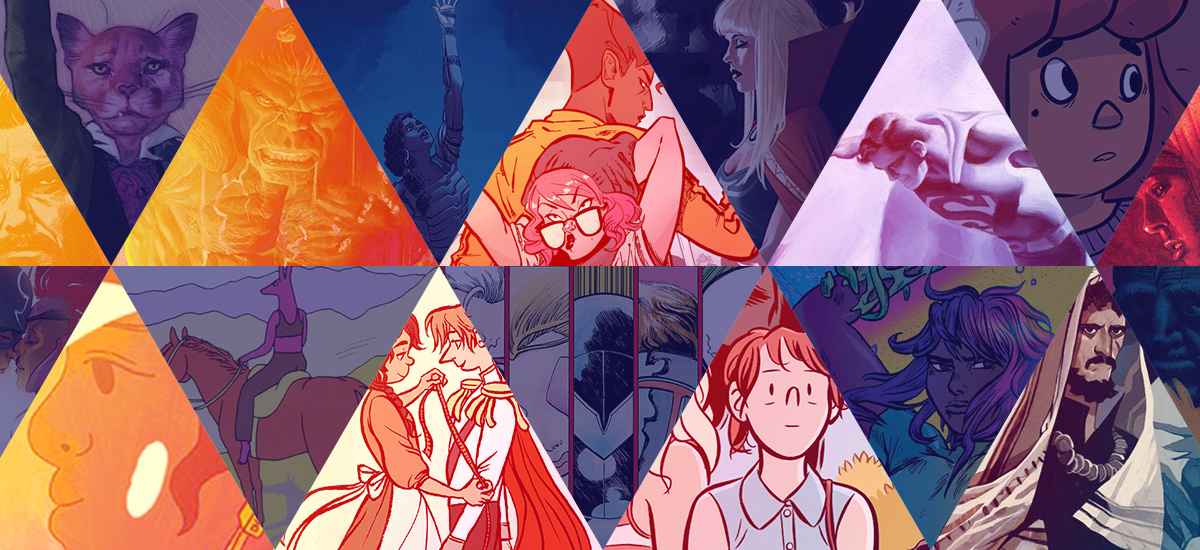

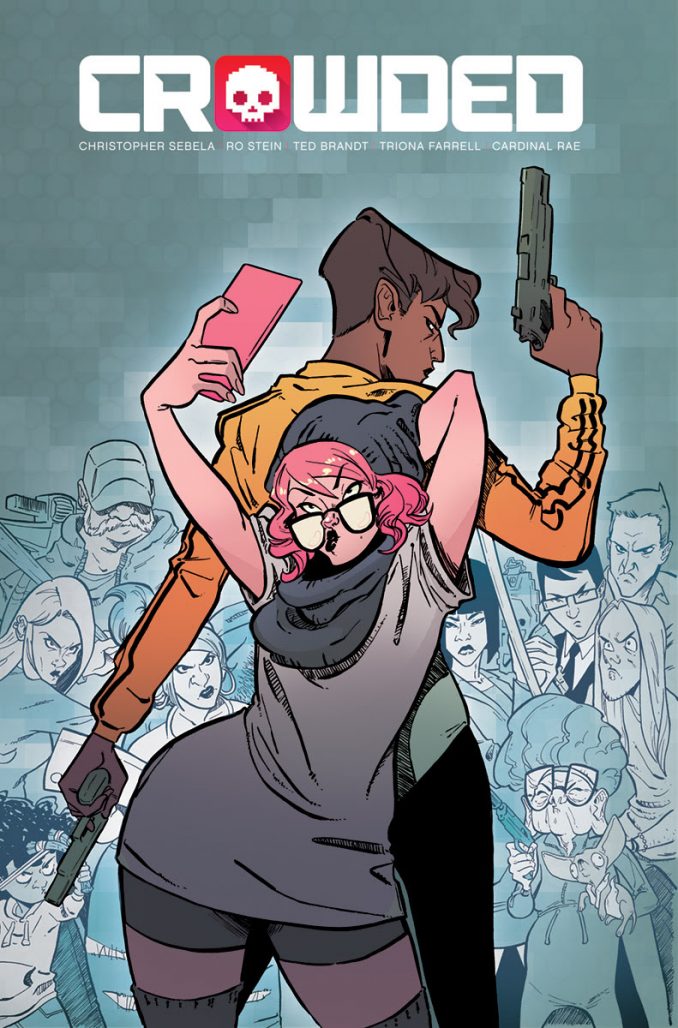
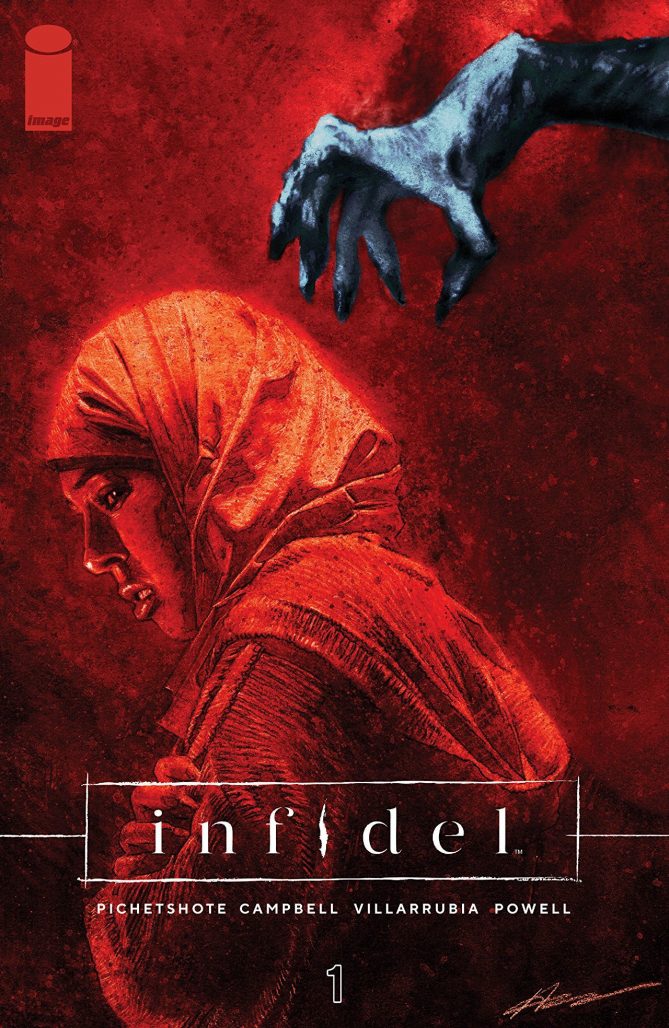
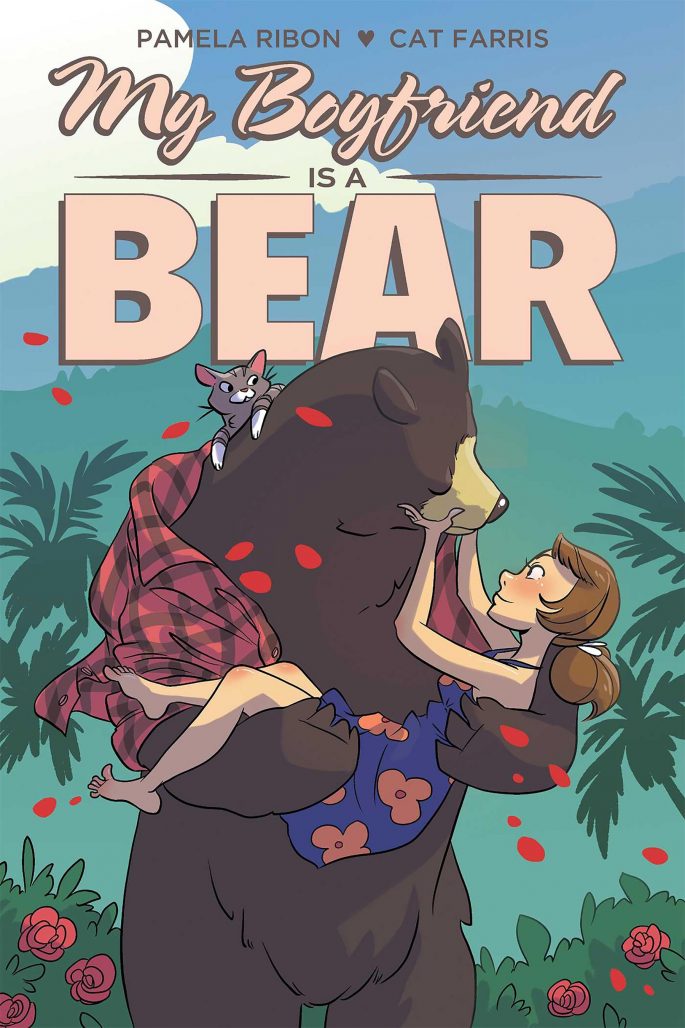
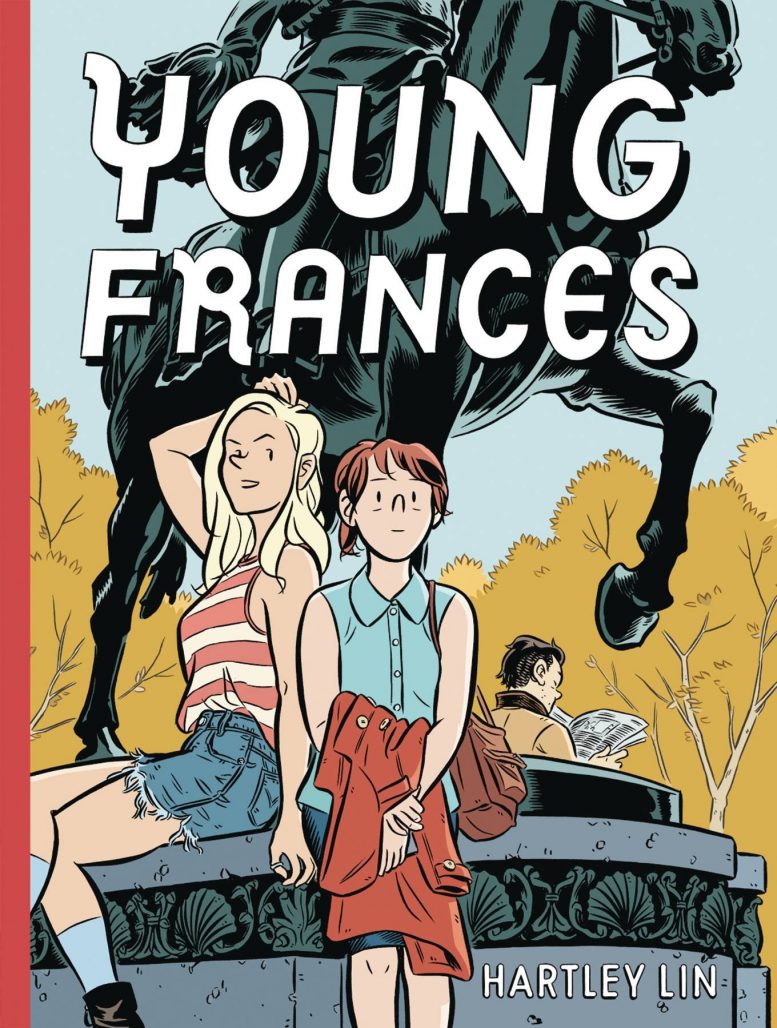
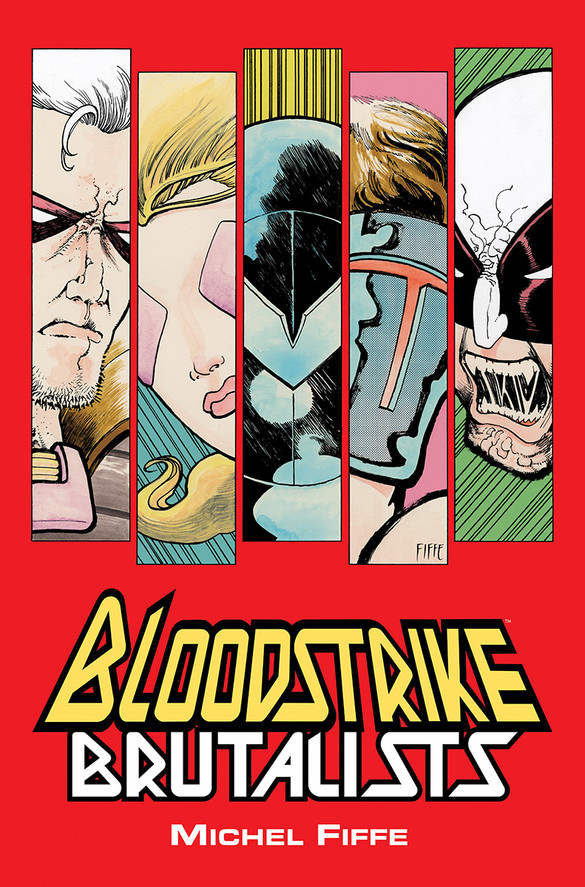
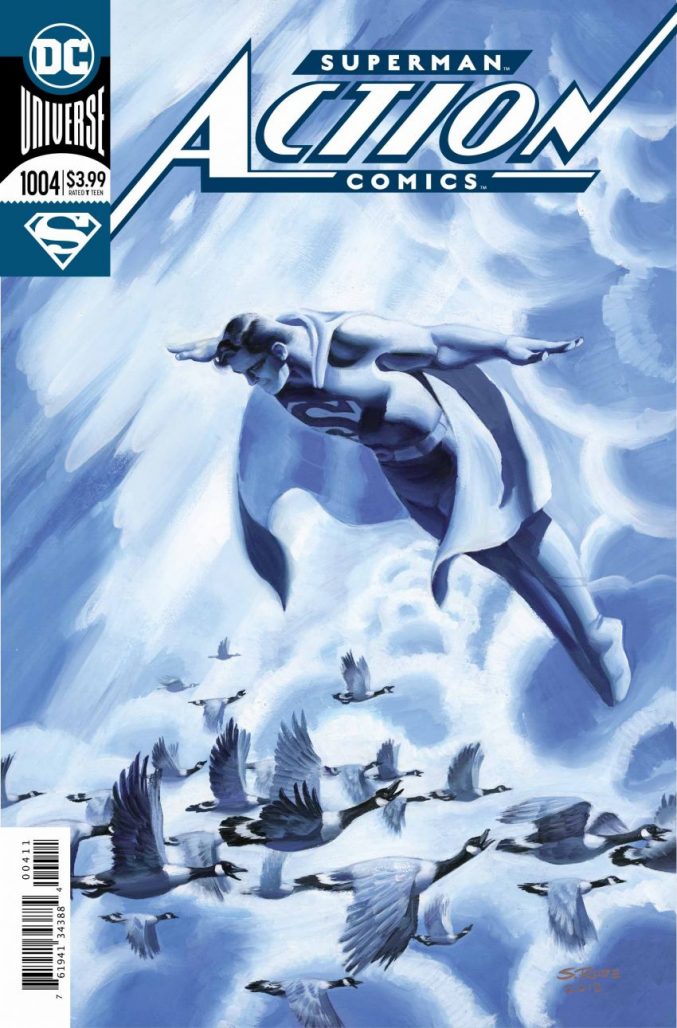
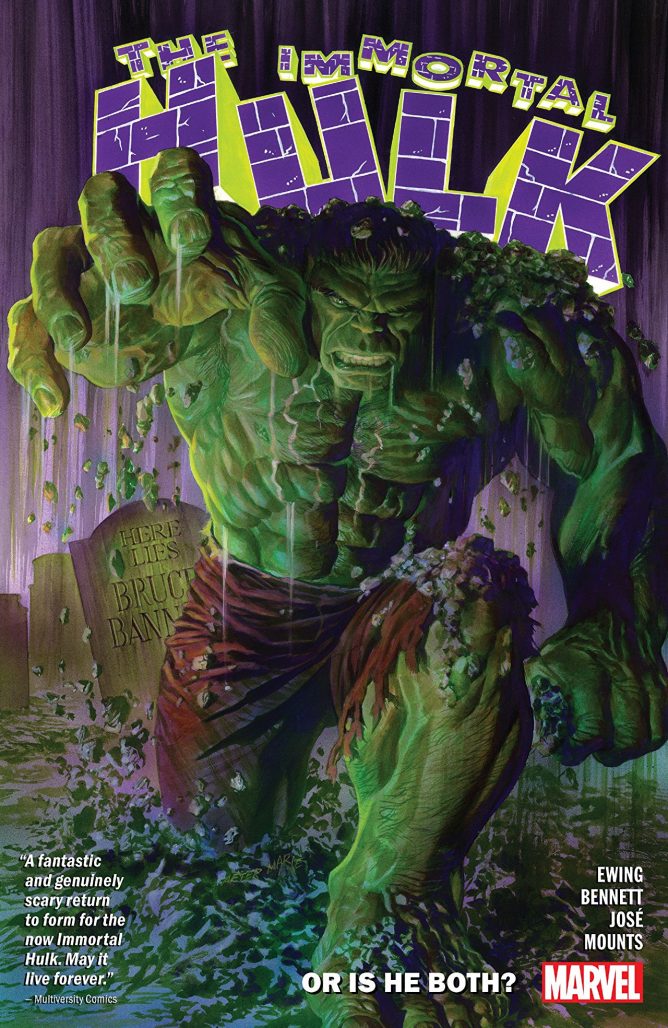
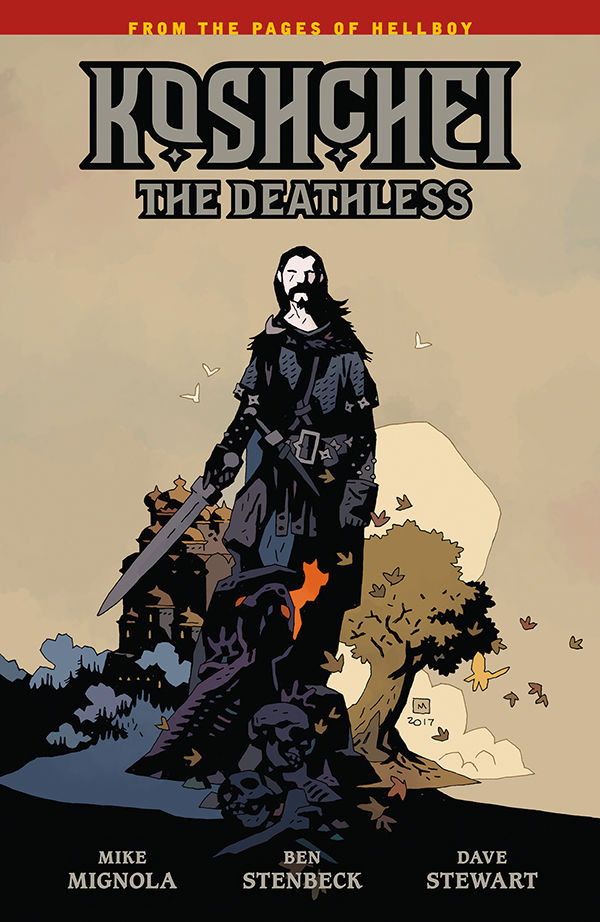
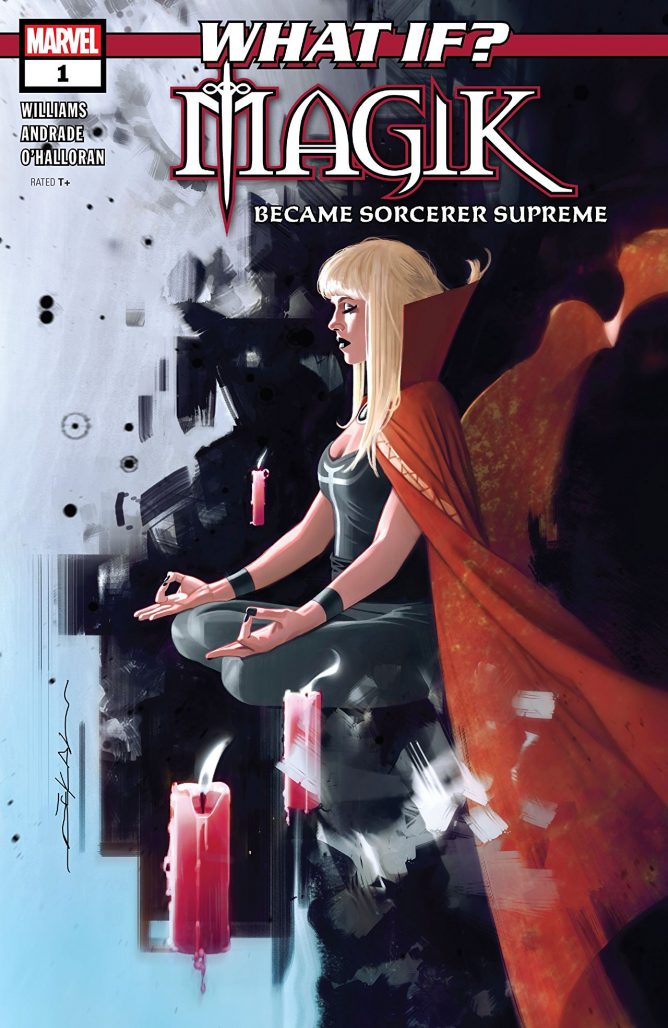
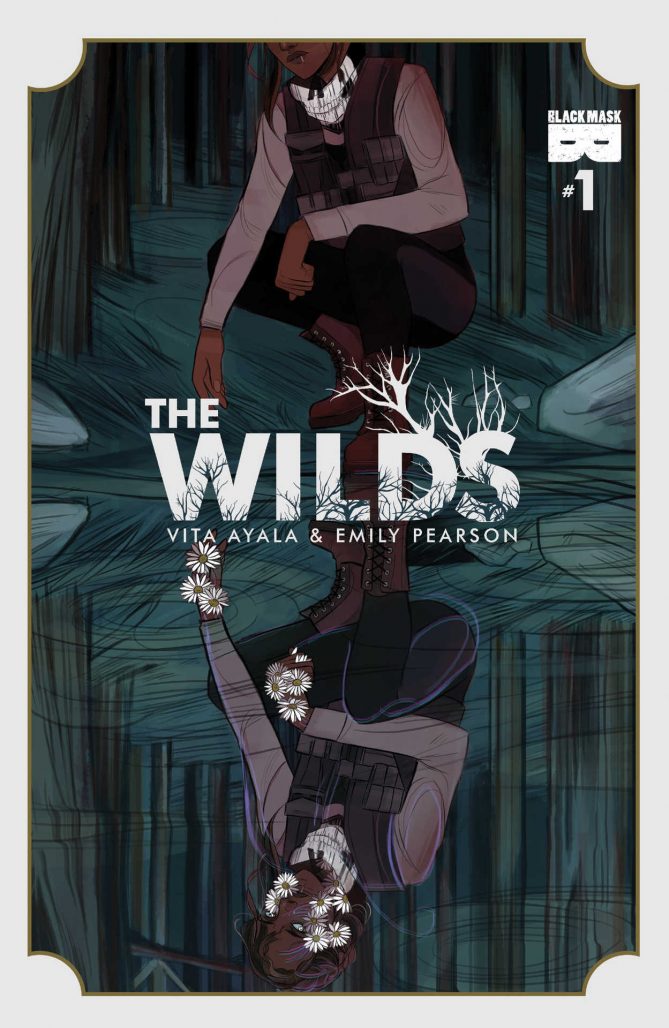
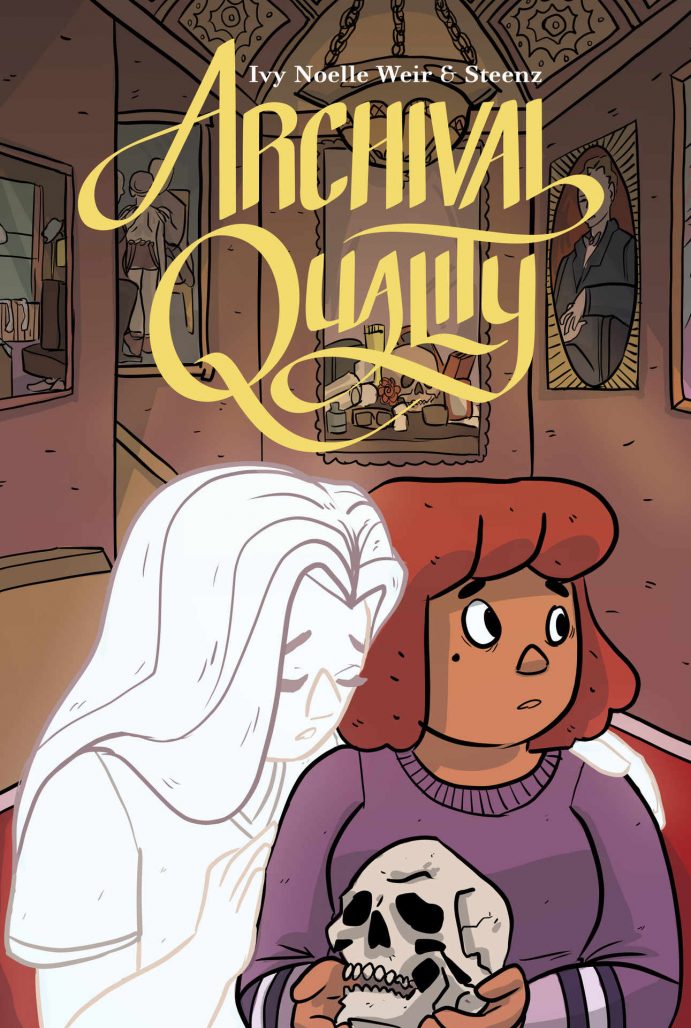

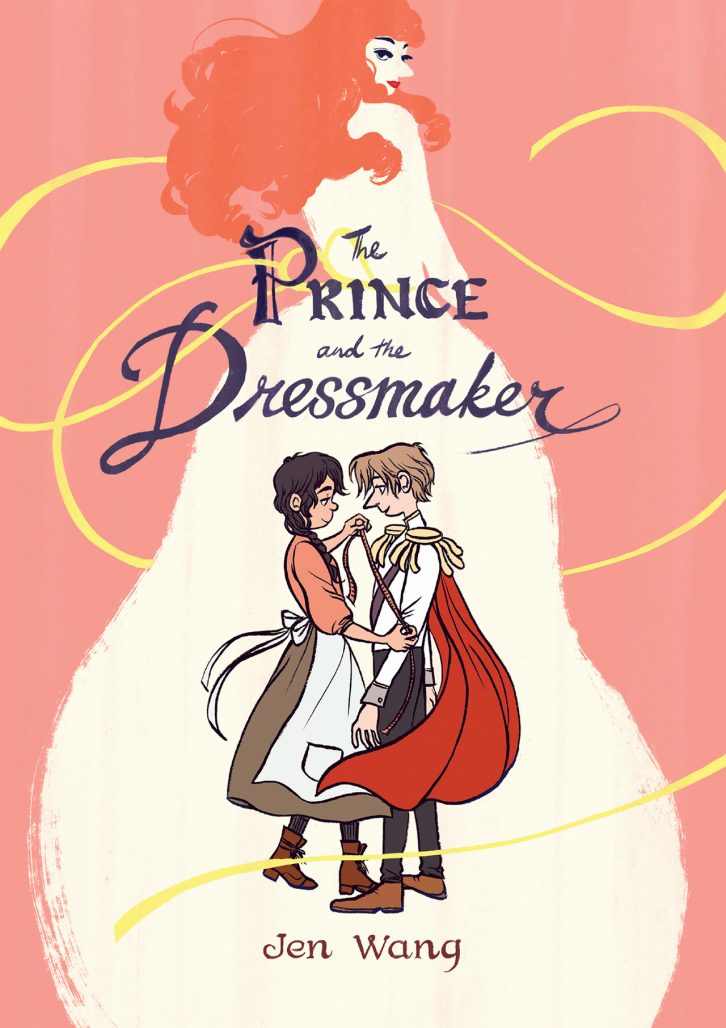
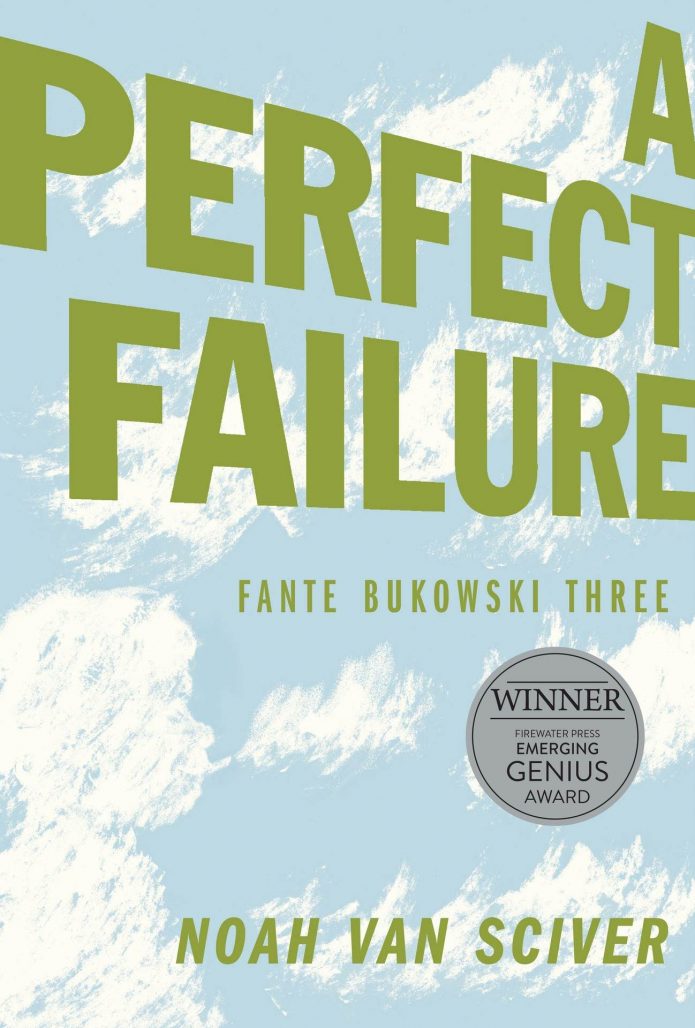
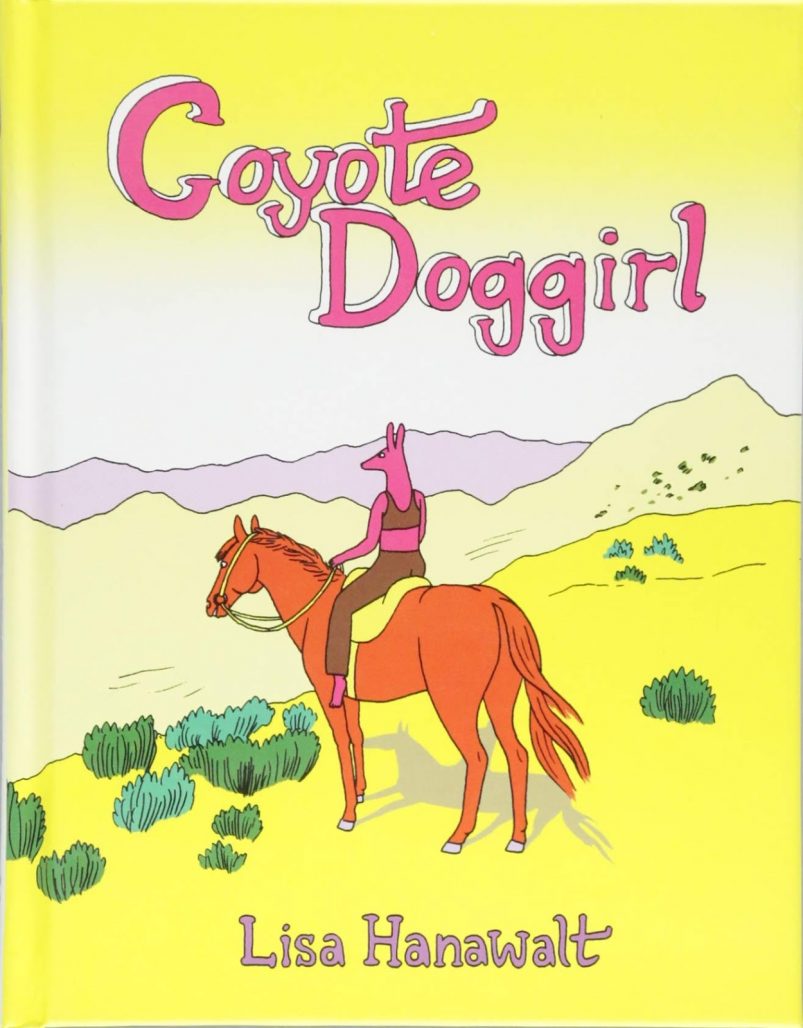
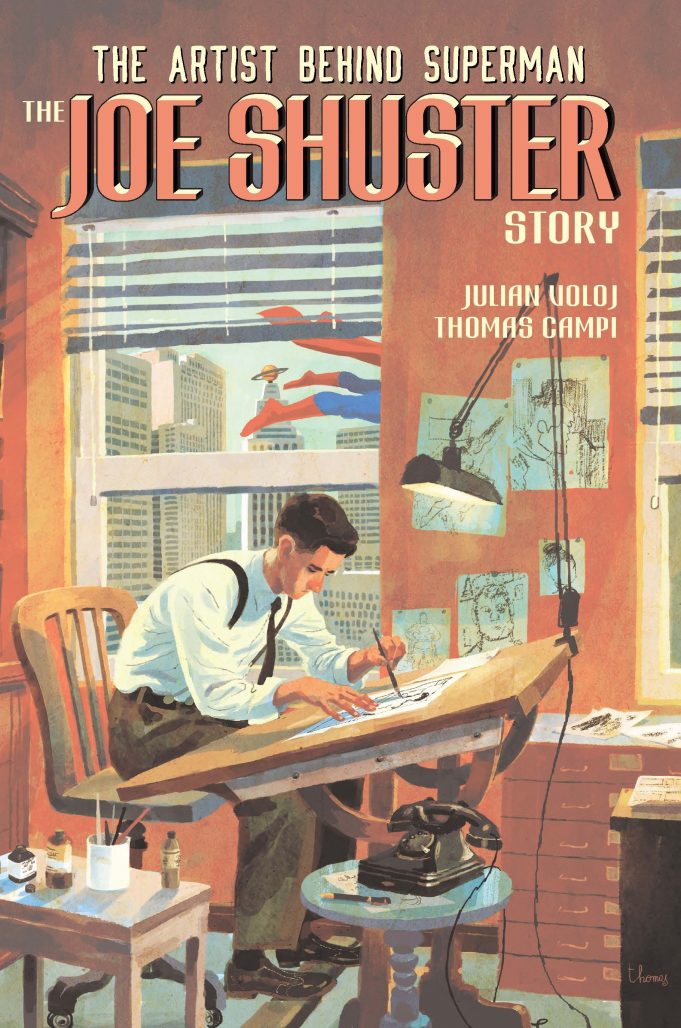
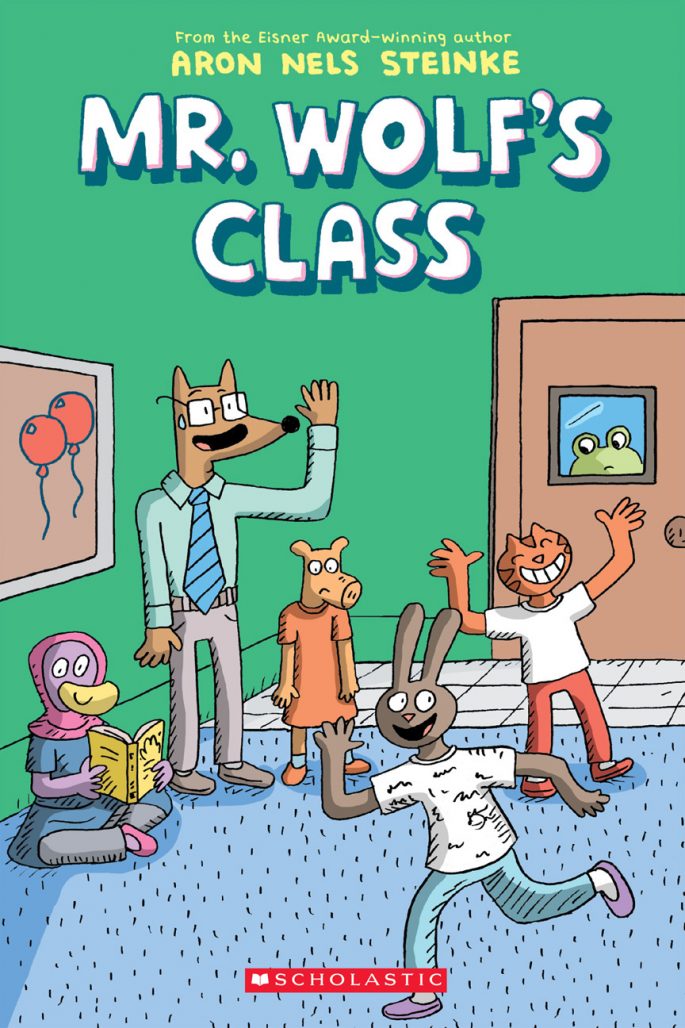
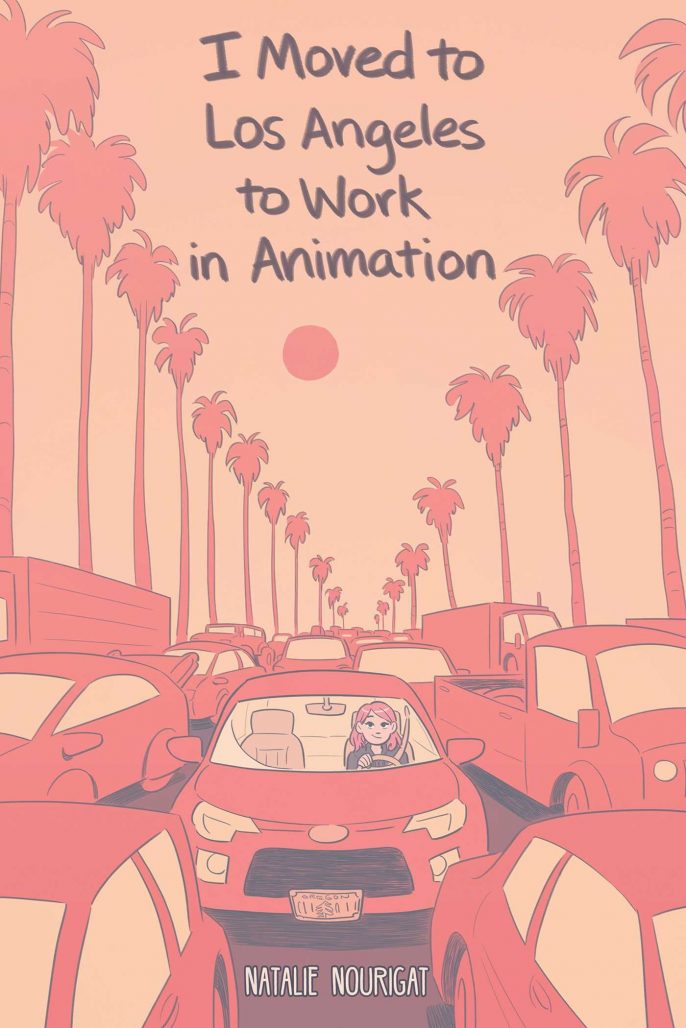
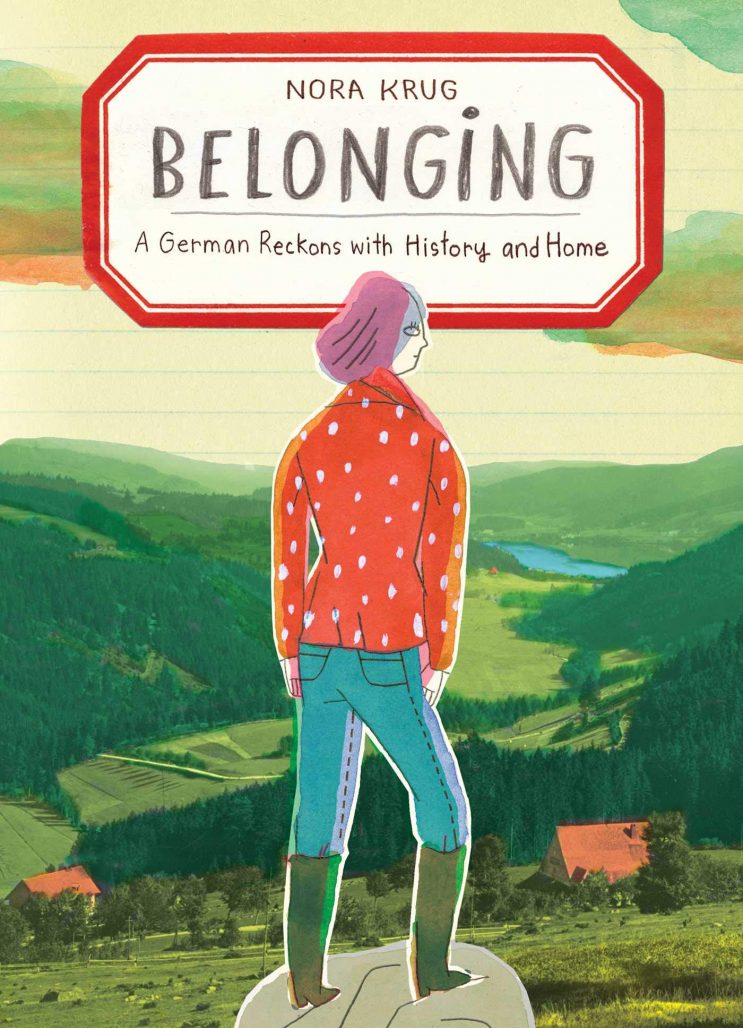
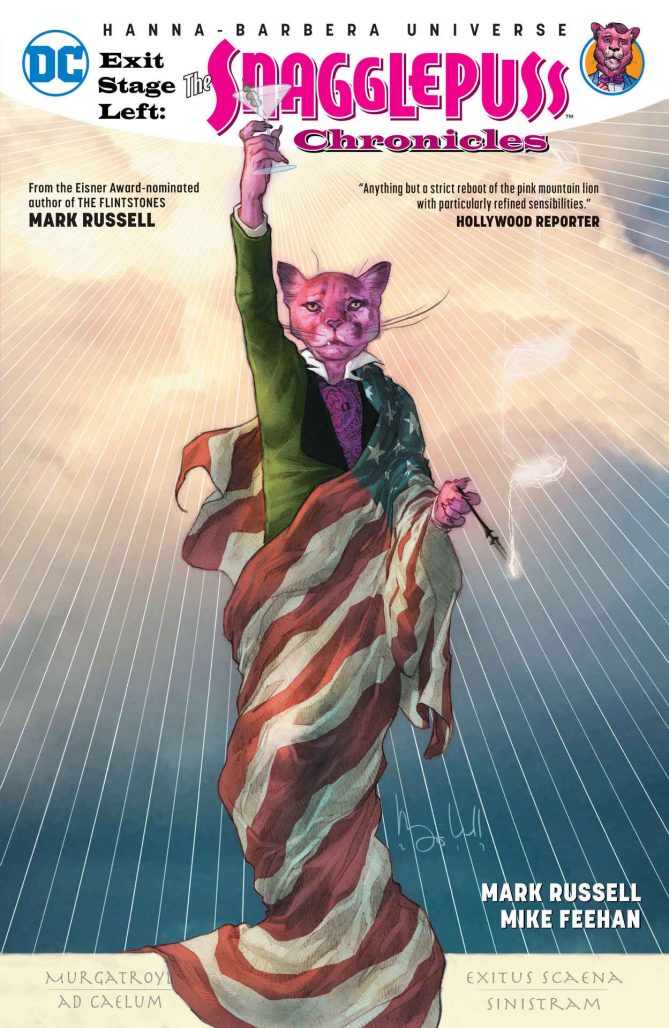
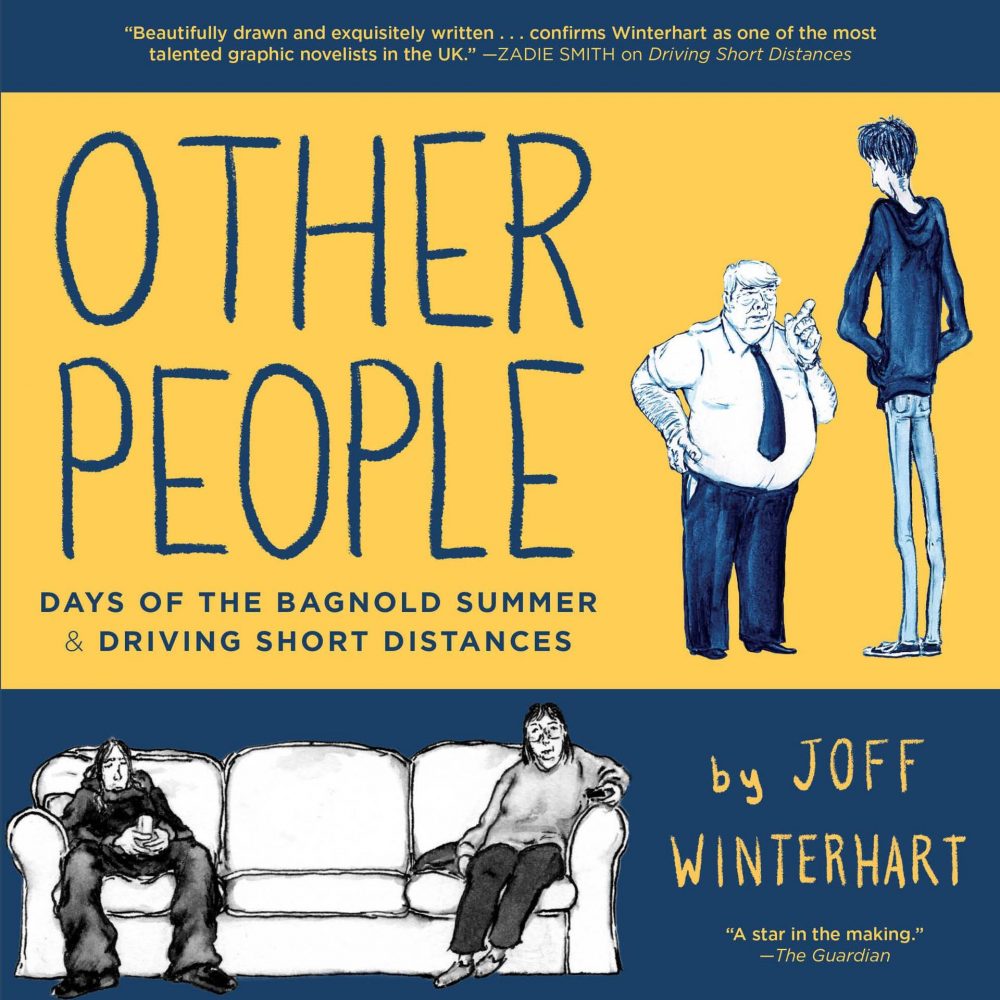
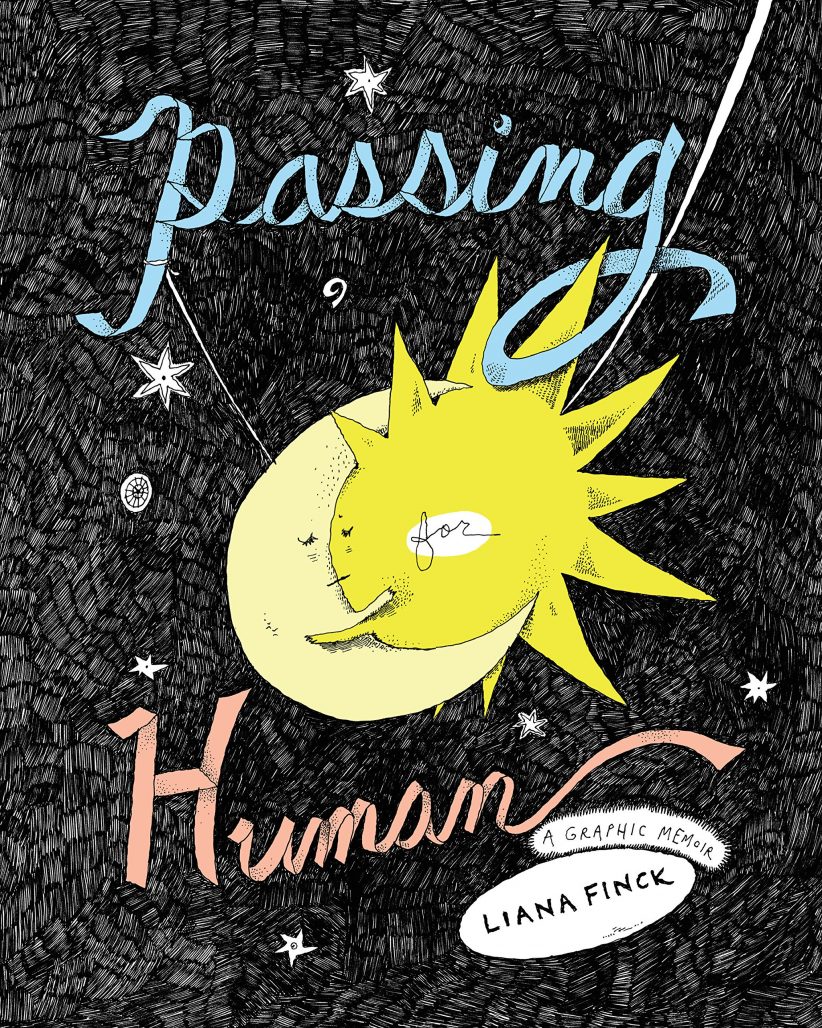
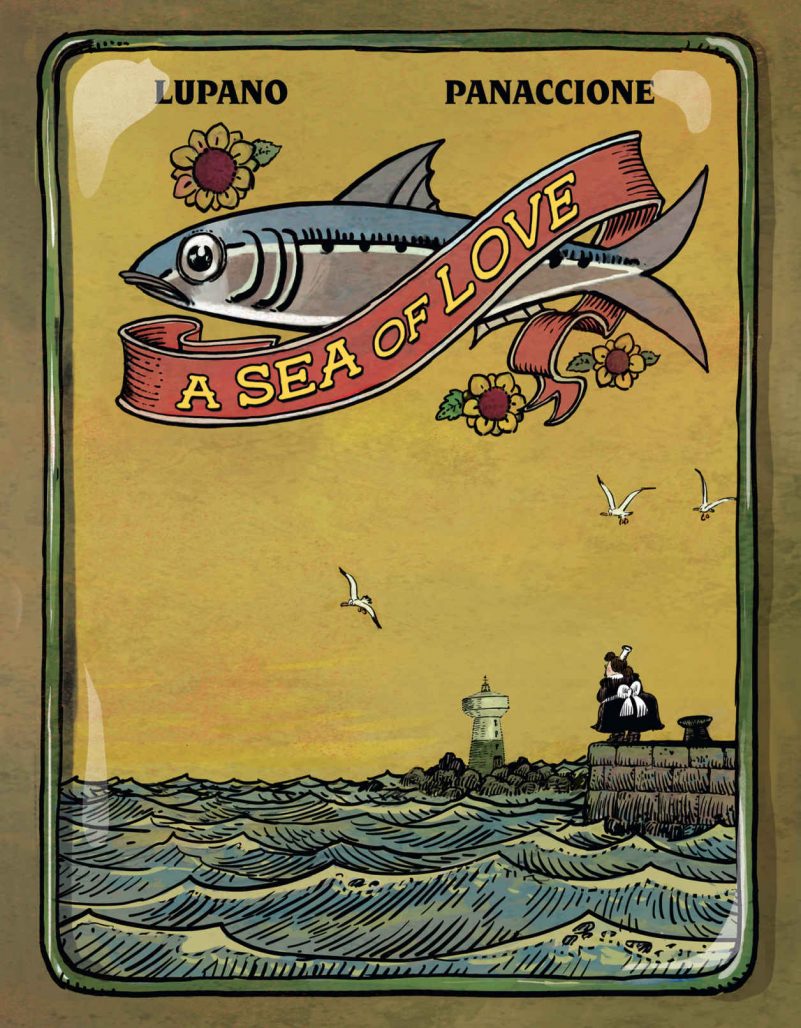
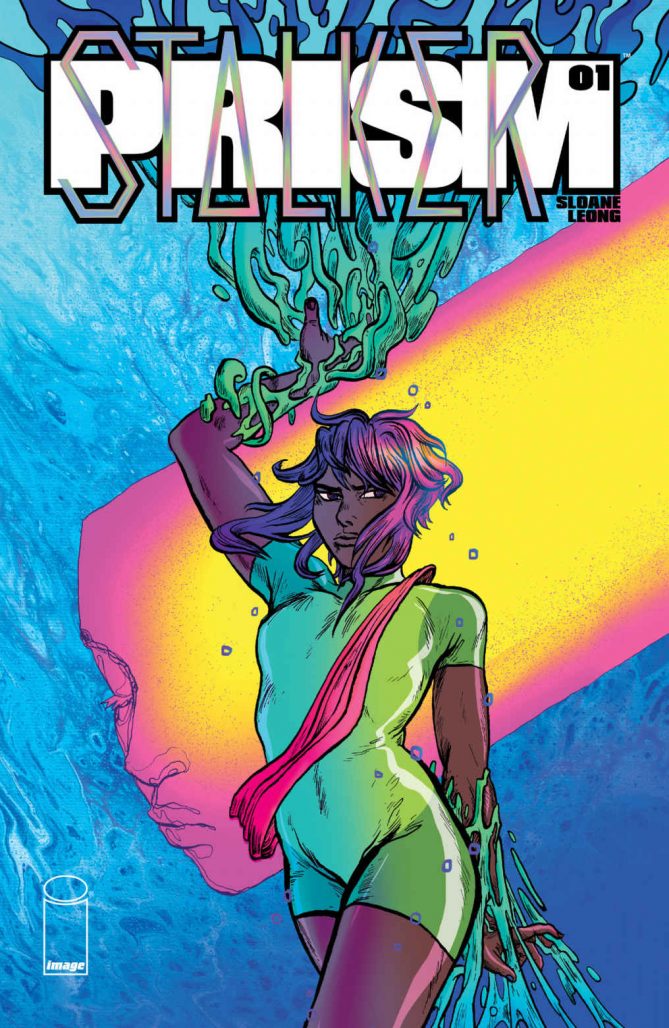
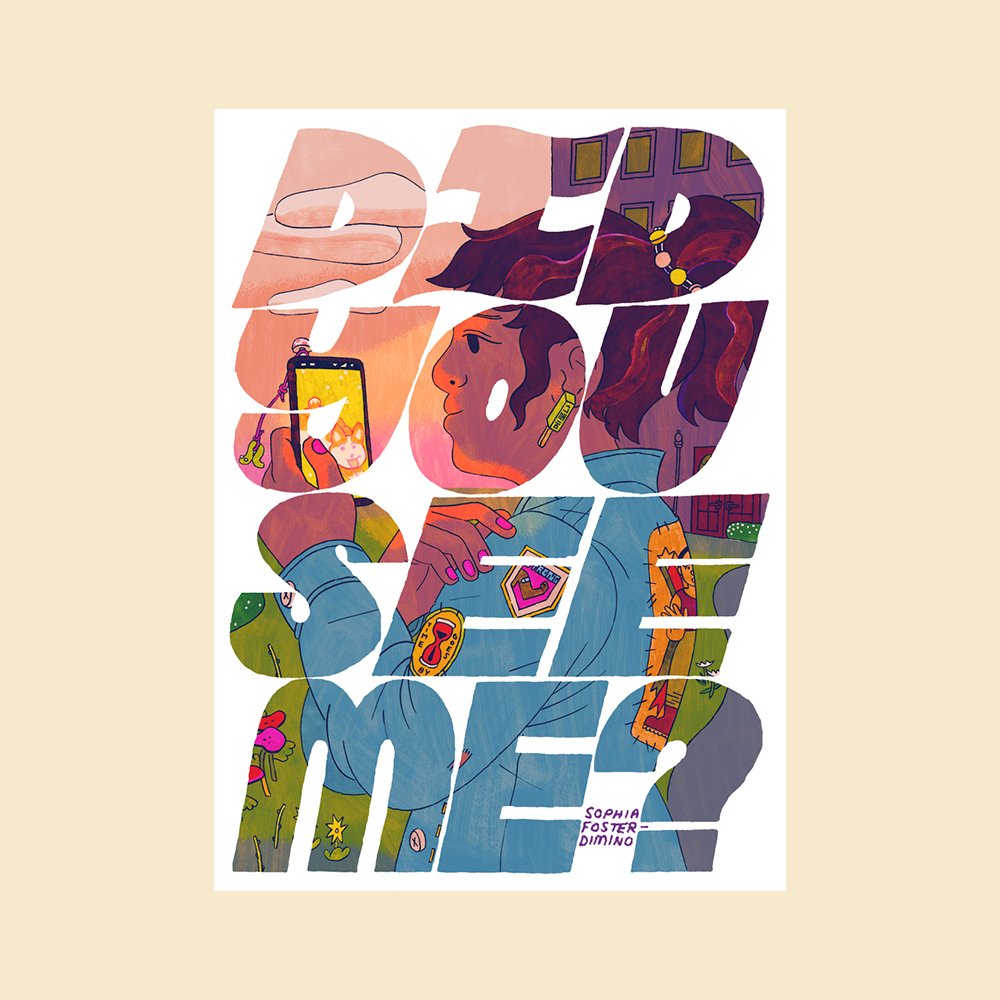
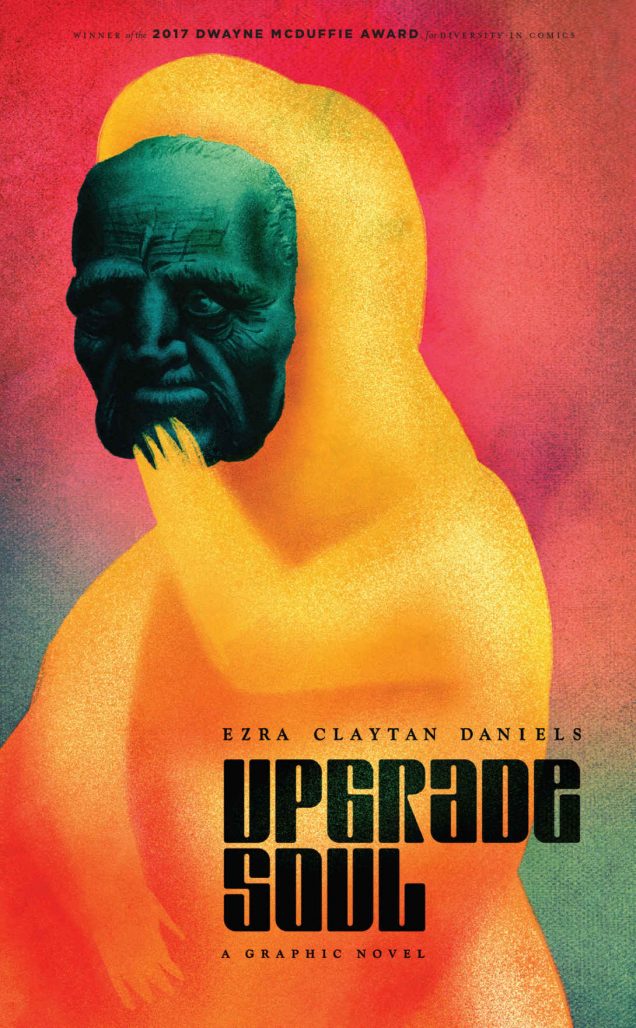
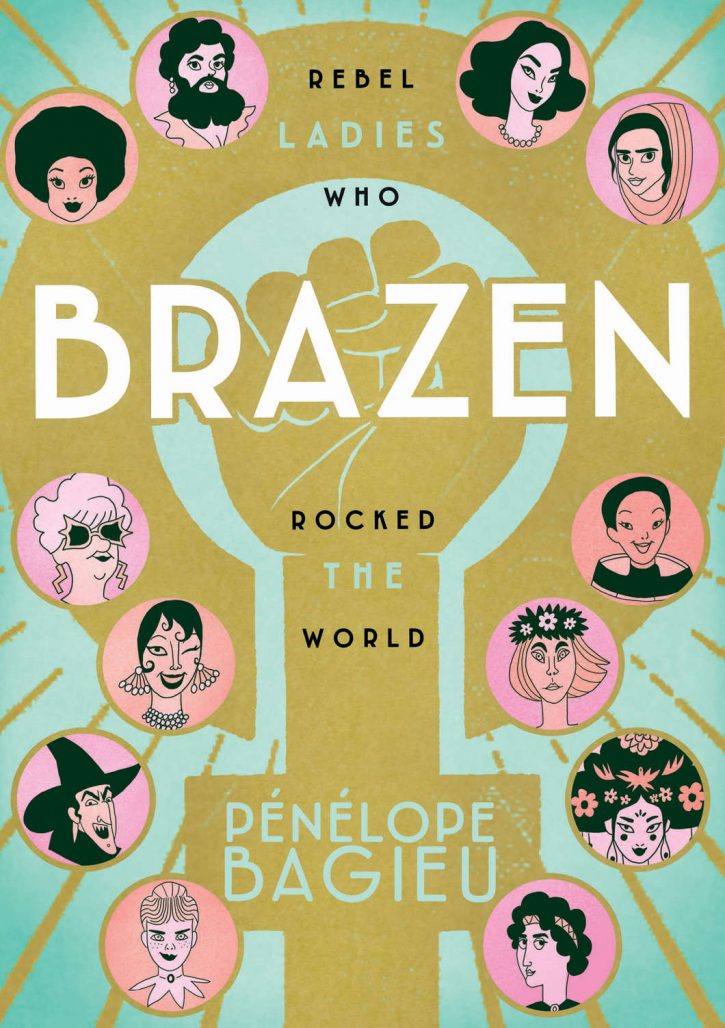
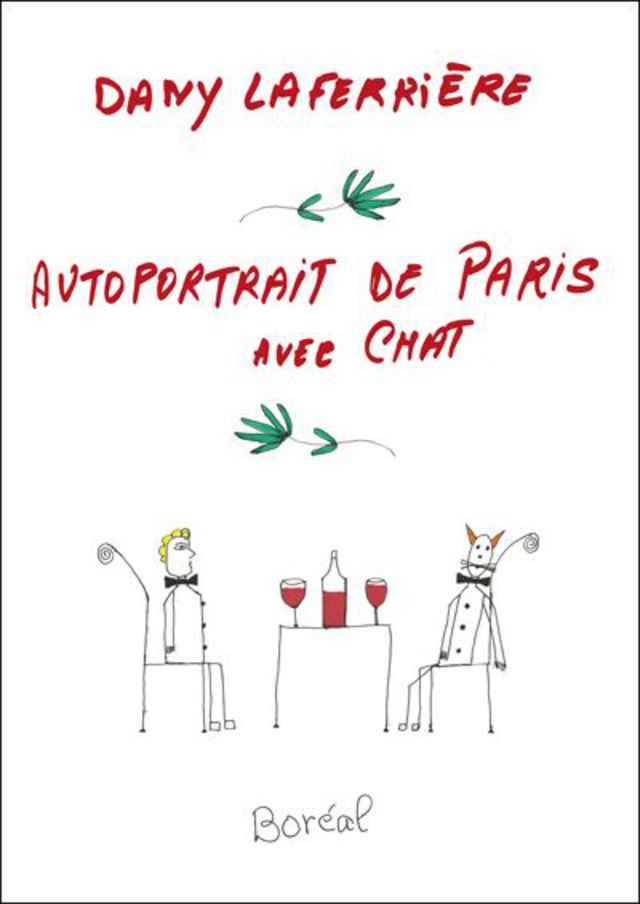
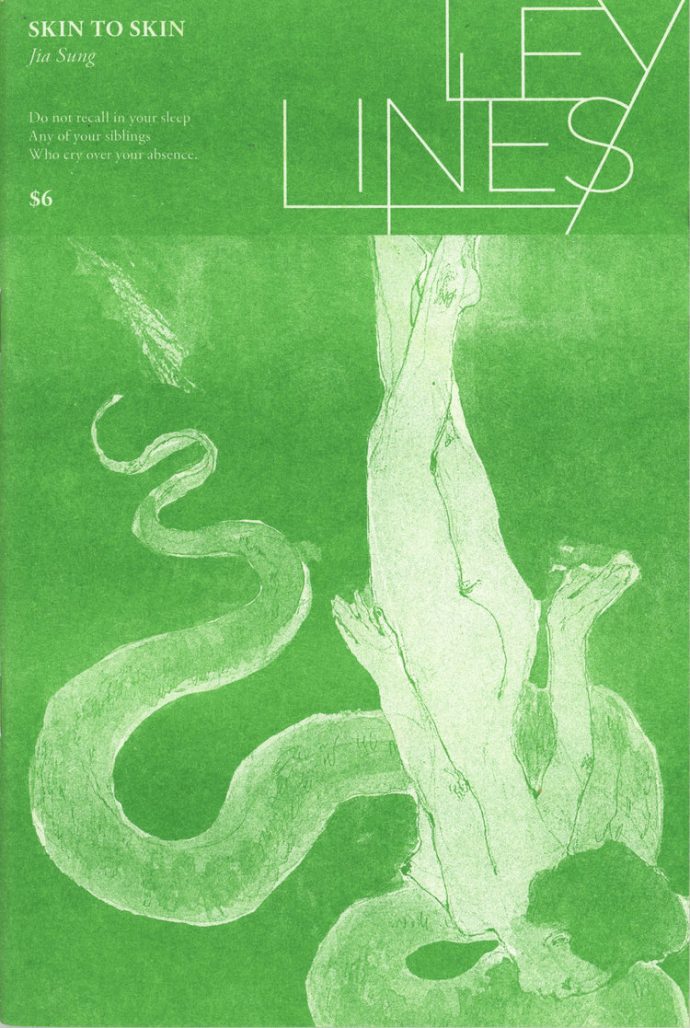
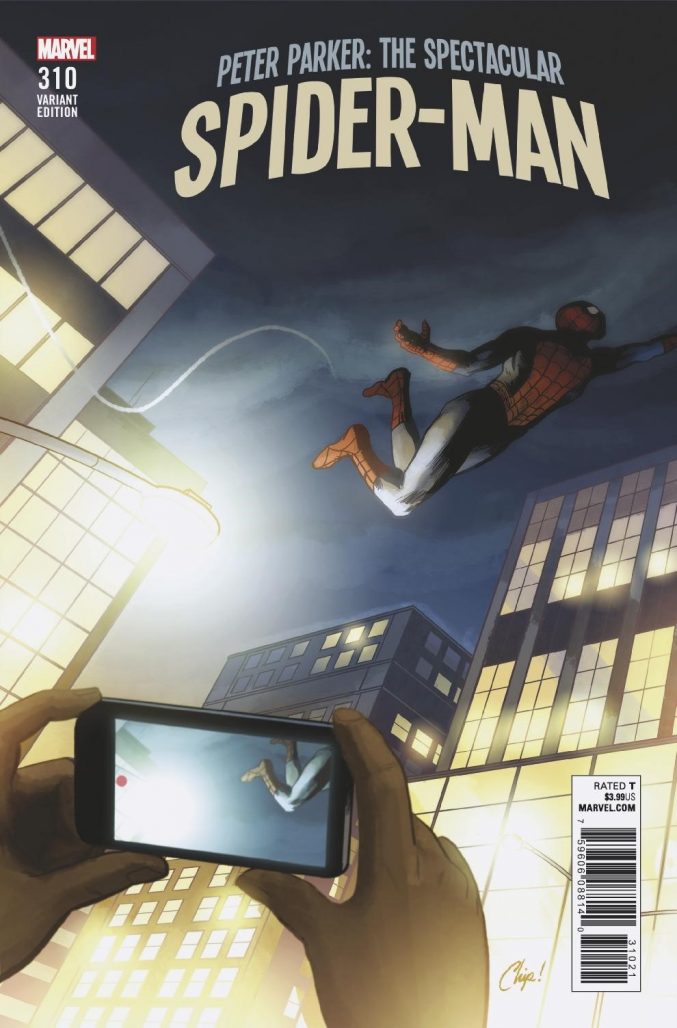
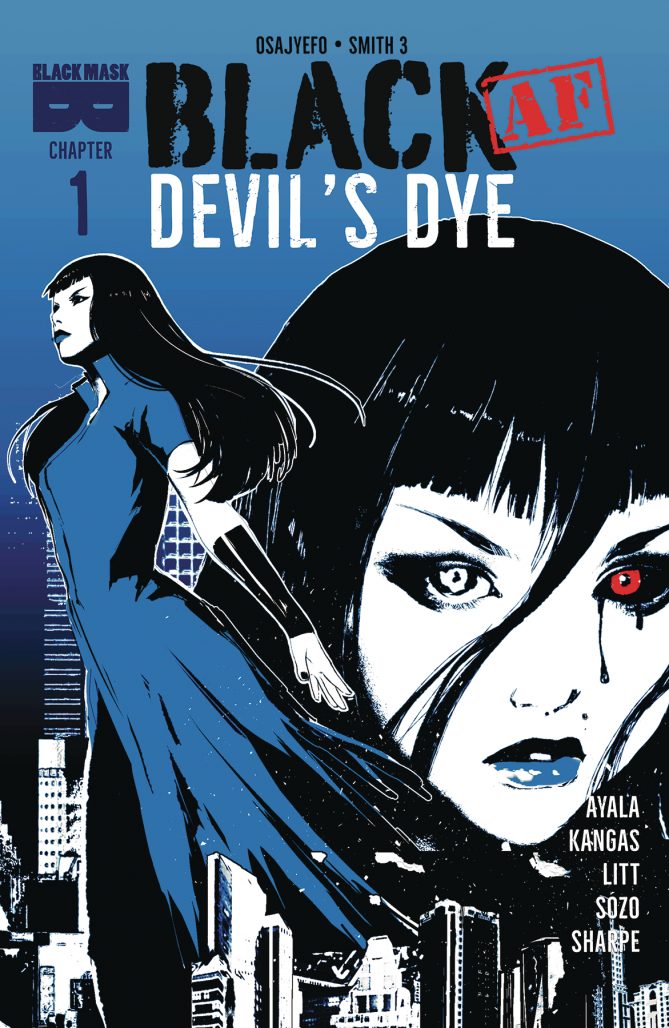
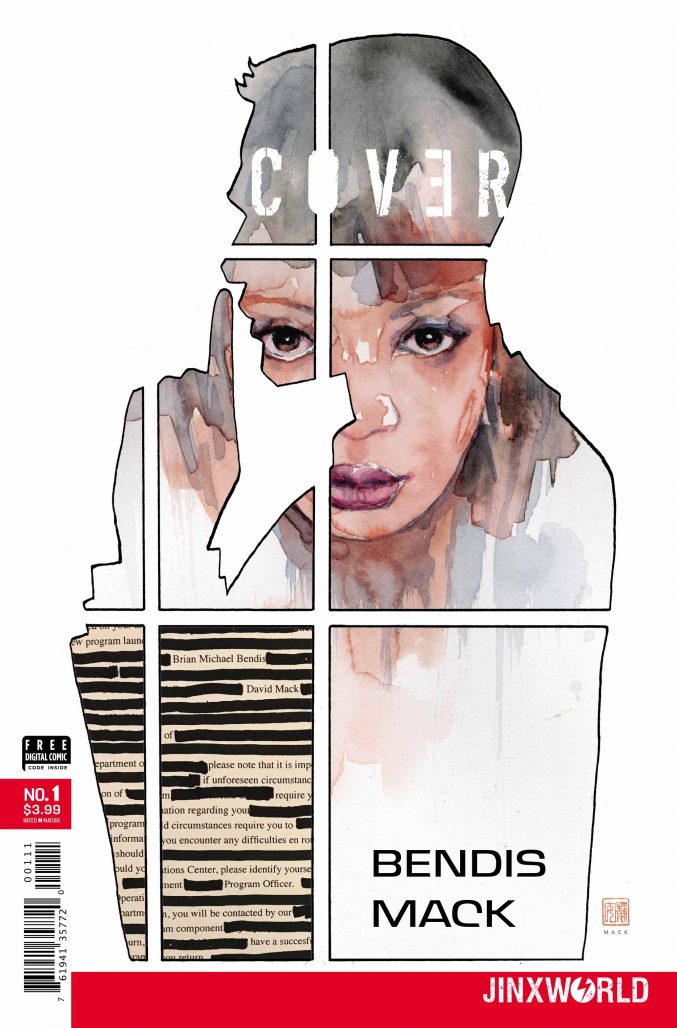
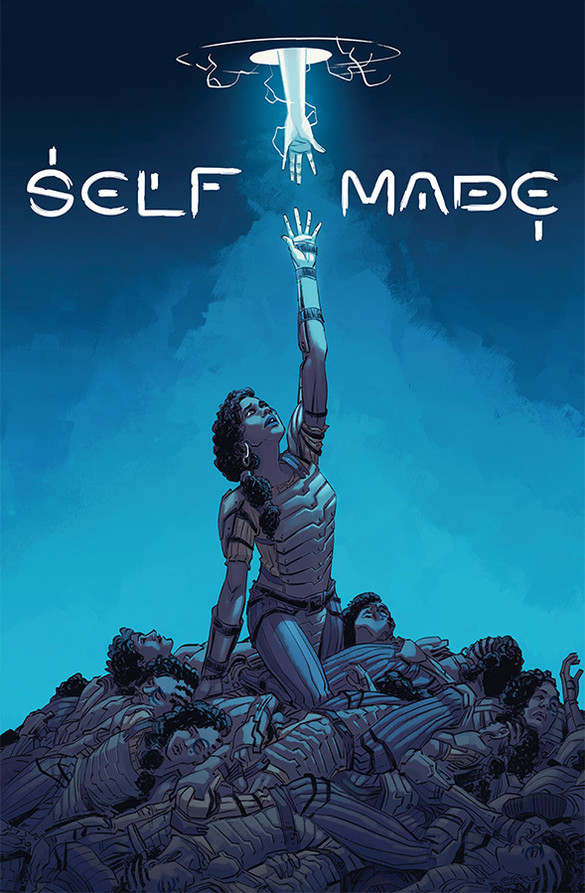
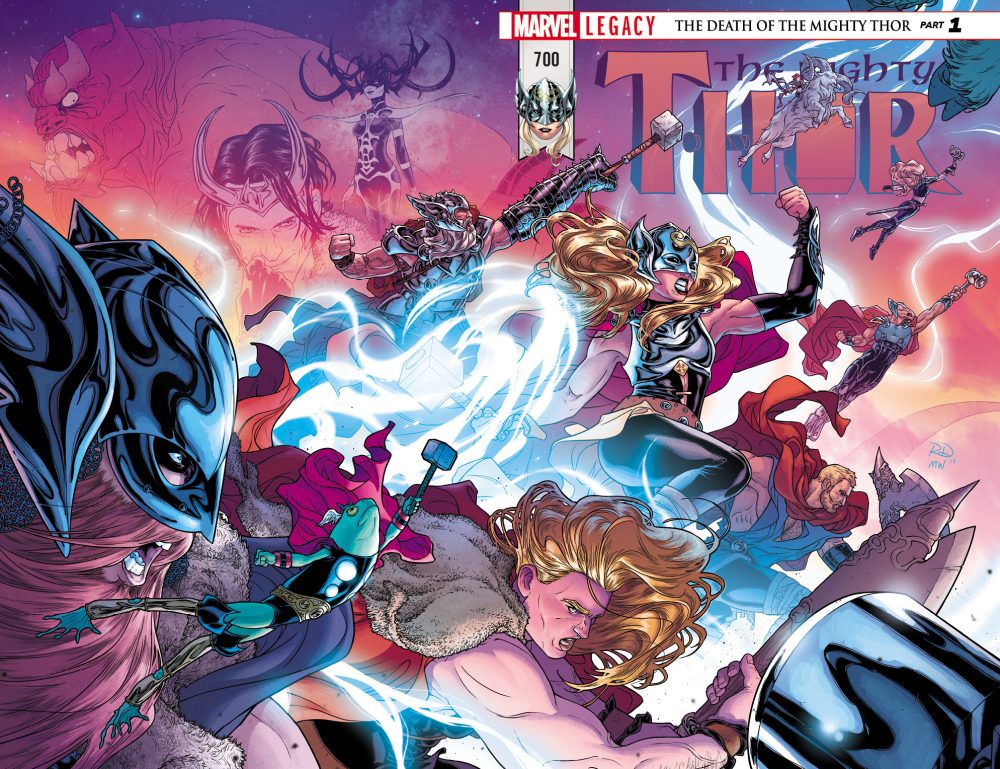
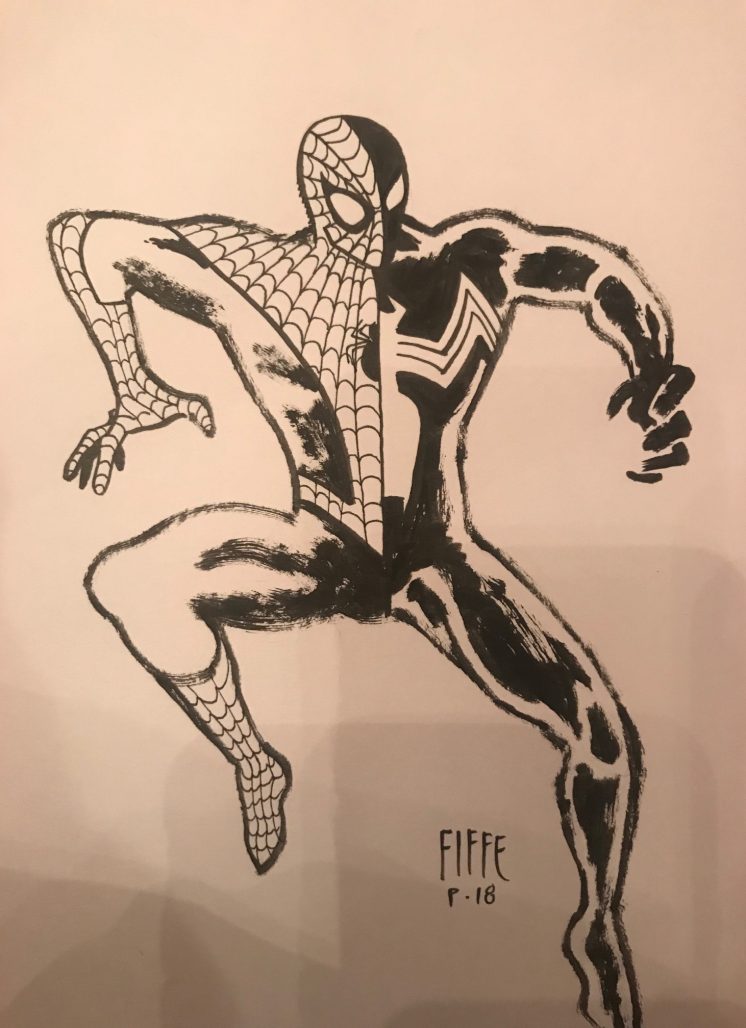
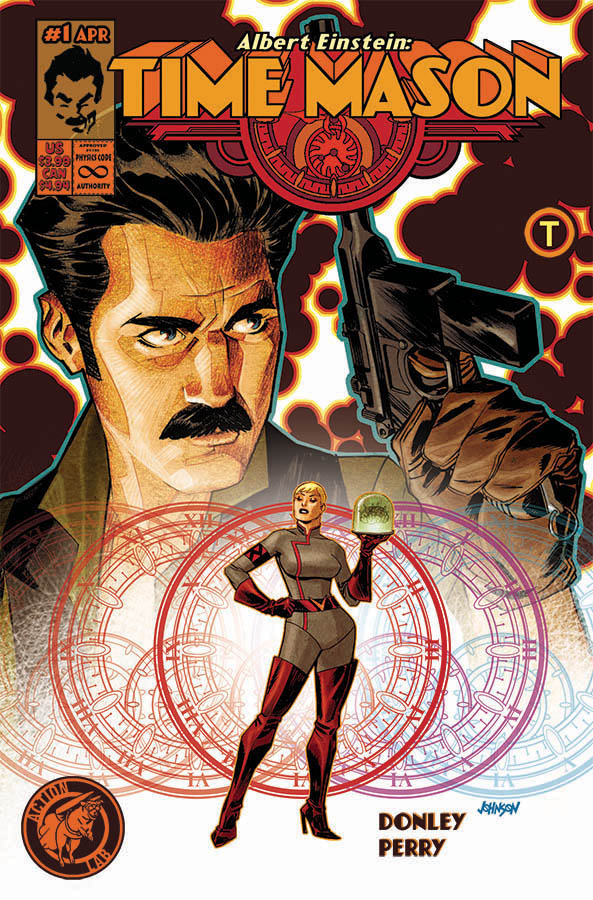
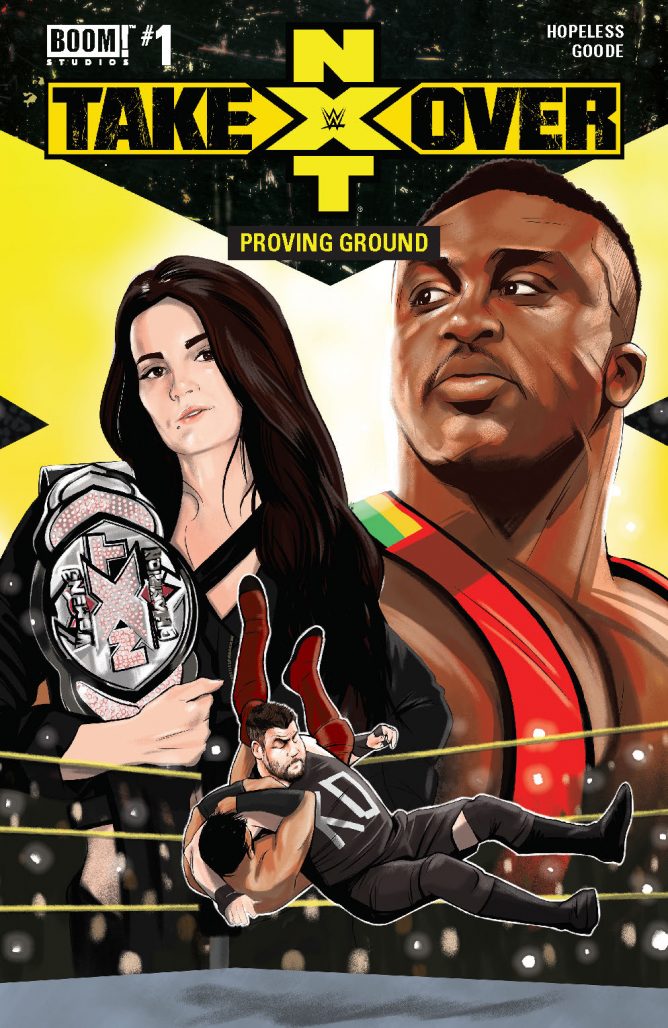
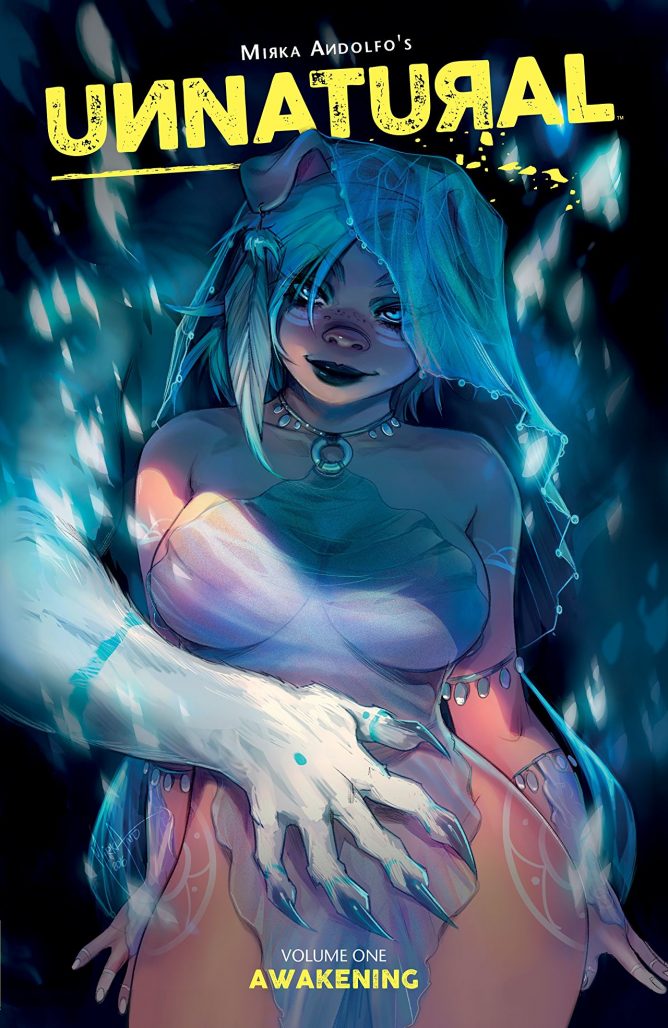
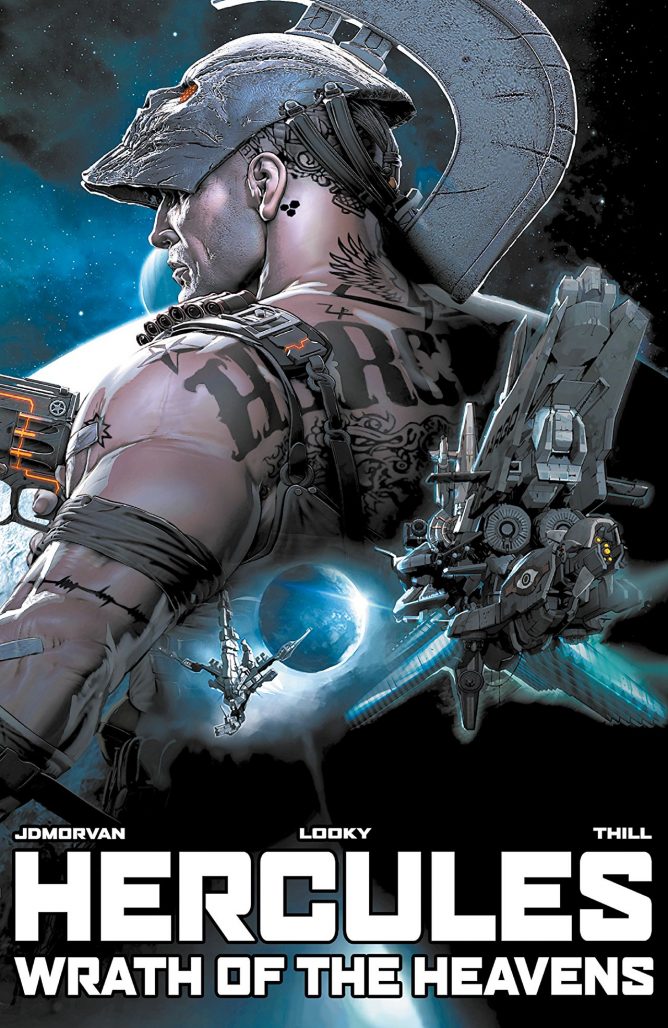
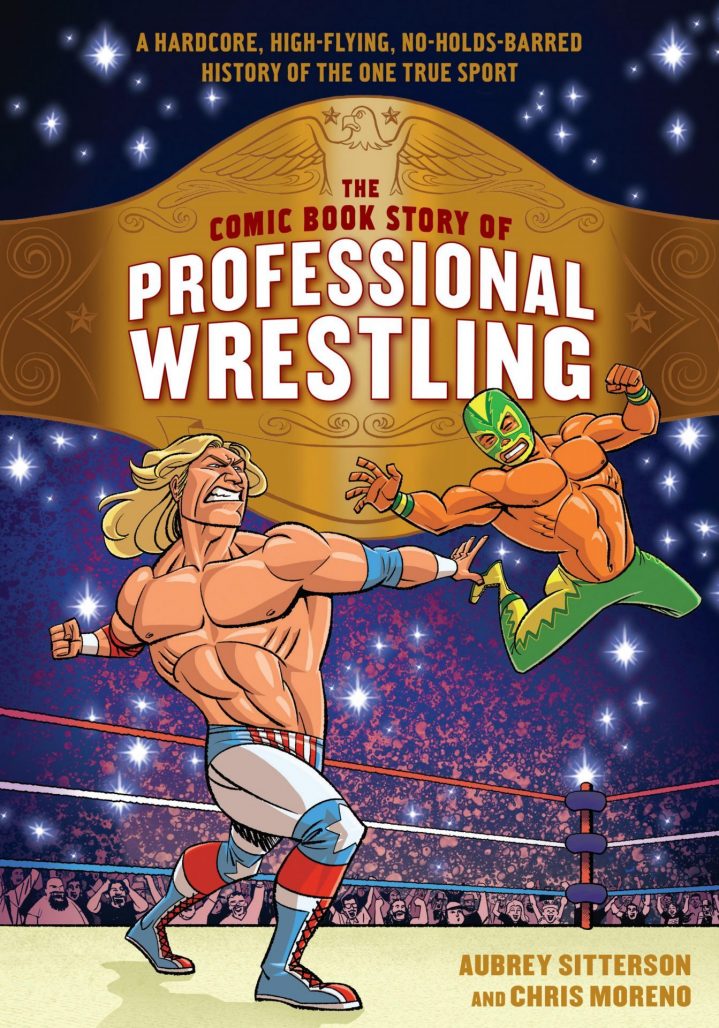
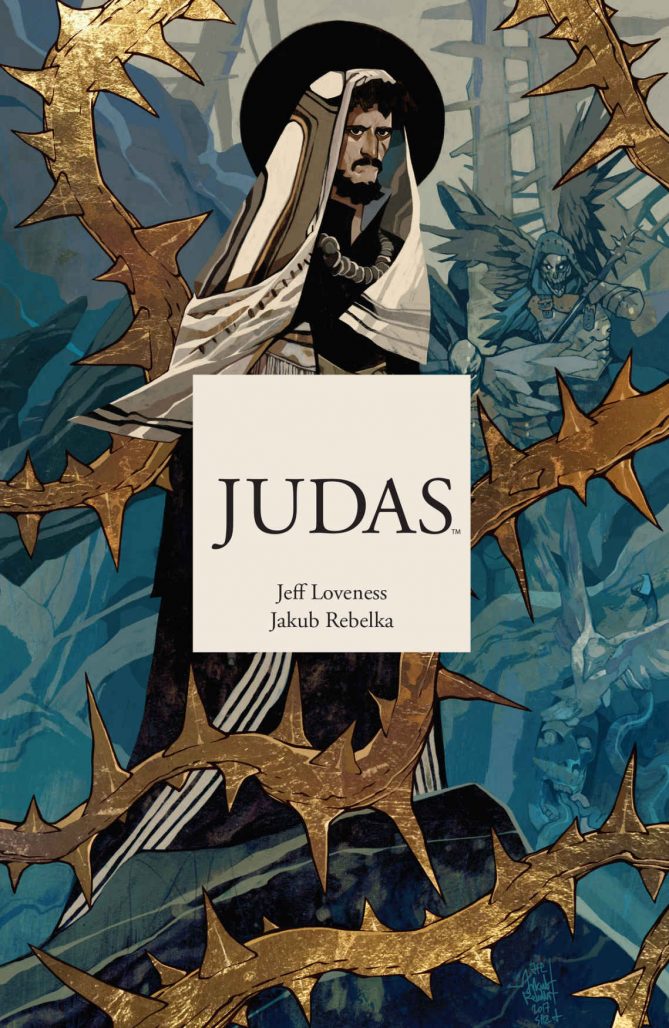
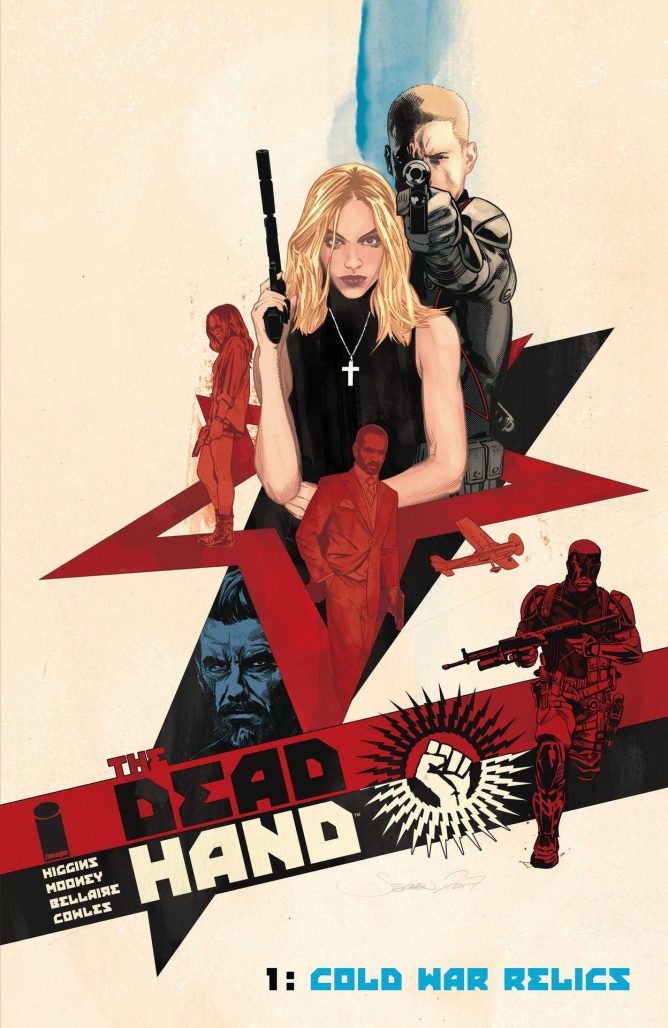

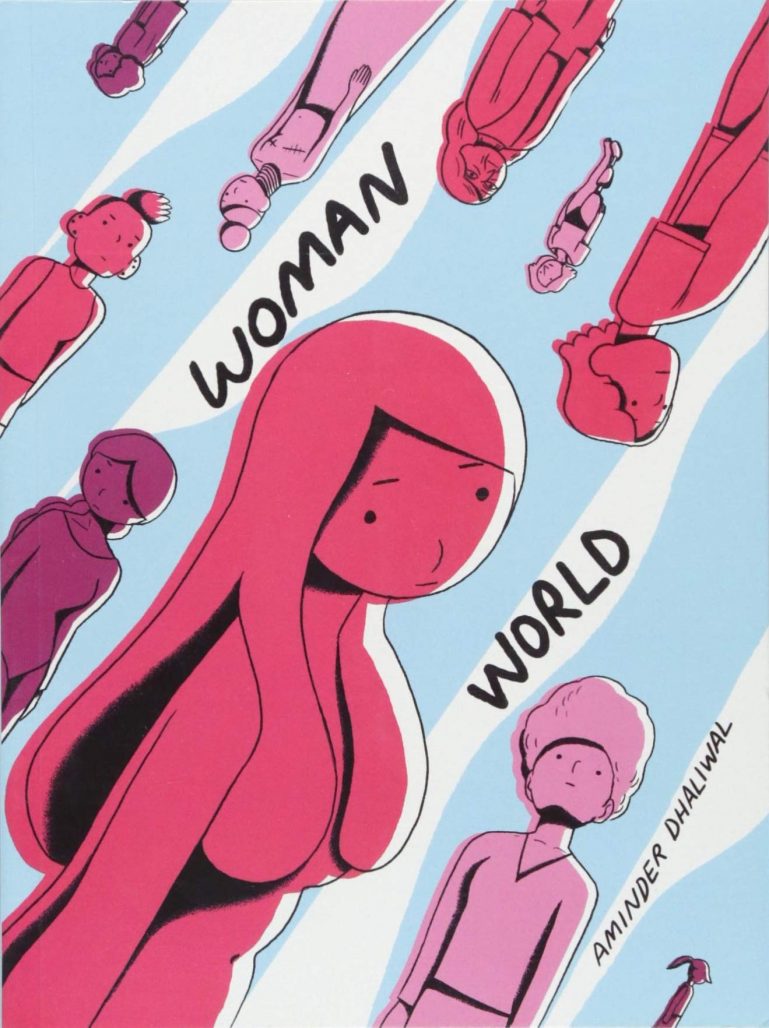
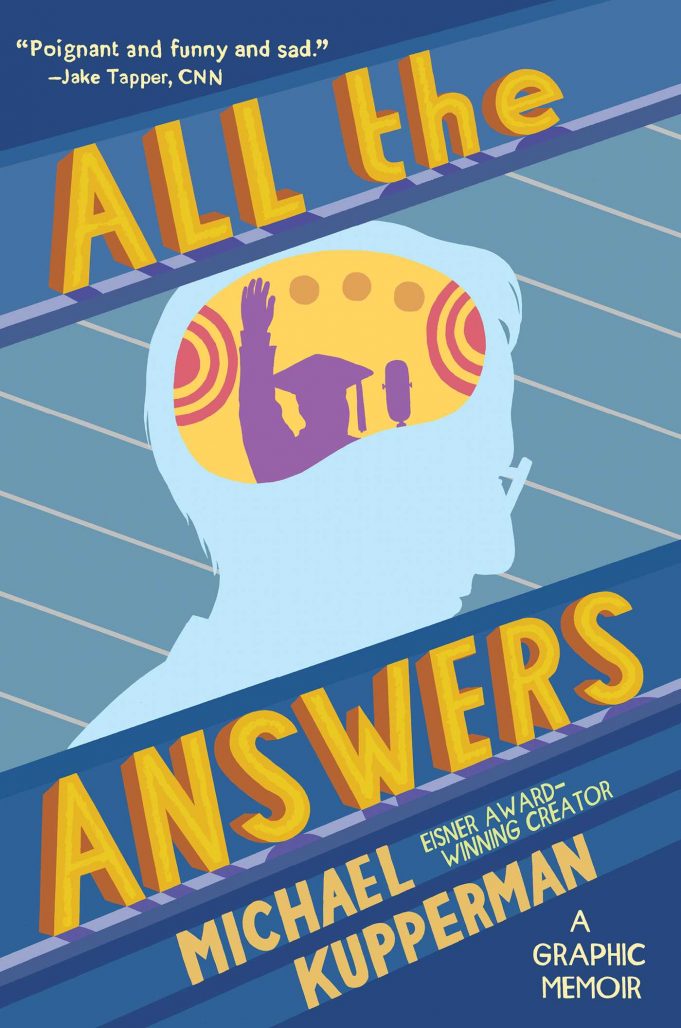

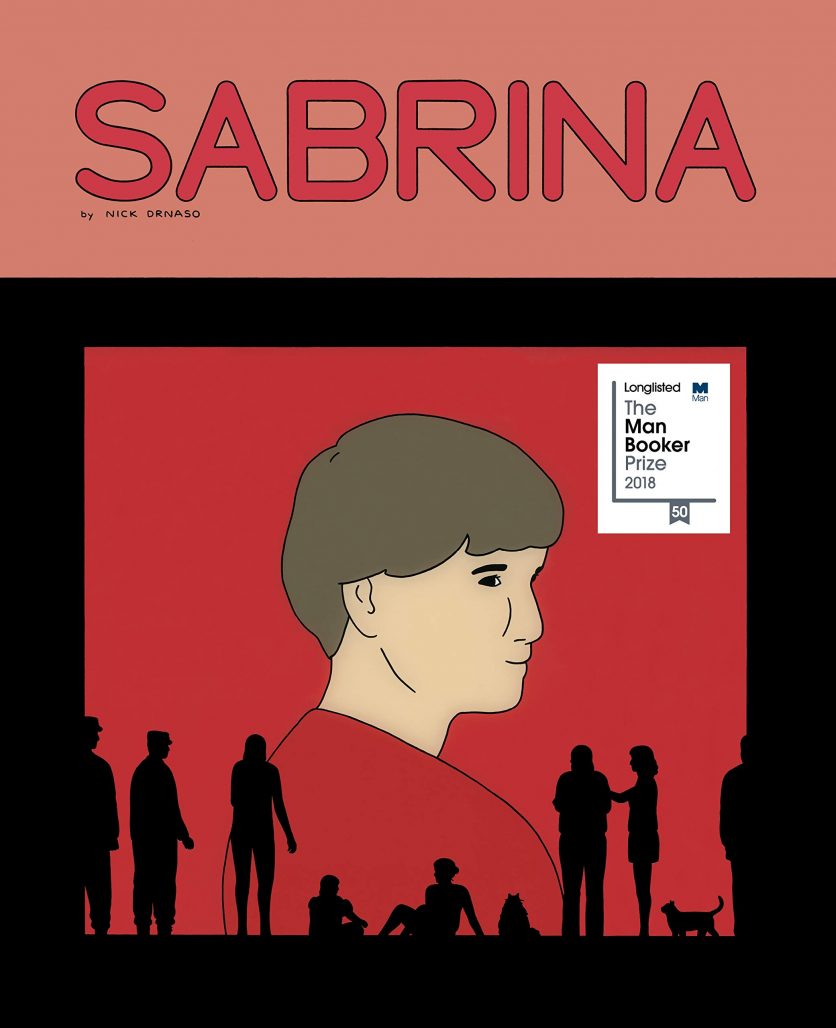





I can recount from my experience of what I read in 2018 rather than exclusively from what was published in the year.
So, in no particular order: Days of Bangold Summer; Sabrina; My Lesbian Experience with Loneliness; Batman; Deathstroke; Secret Empire; The Spire; Transformers More Than Meets the Eye; Thor, and; X-Force (Spurrier).
Have to state that I have yet to read or only browsed through Mister Miracle, Bendis Supes, Spurrier’s The Dreaming and Motherlands, Immortal Hulk, Dr Strange, Spencer’s Spiderman and Fiffe’s stuff. So, definitely haven’t read everything I would like to read from 2018 yet by a longshot. In the coming months…
I’m aware I haven’t listed any Image or Dark Horse here, but enjoyed some too. A vey good year, 2018.
You guys seriously didn’t bother to include a single comic from Japan…? You would really put Action Comics or Spectacular Spider-Man above books like On a Sunbeam or Die Laughing ? This seems far from the best comics of the year, more a list of The Beat’s staff favourite comics of the year…
Does a webcomic by an individual, pages posted weekly for free on their website instead of published through some online service/aggregate site, get a shout out in a Beat’s “best of 2018” list?
If so, may I submit for consideration, AZTEC EMPIRE. Thank You!!!
https://www.bigredhair.com/books/aztec-empire/
The Prince and the Dressmaker is one of my favorite books ever!
Very very good article. Thank you so much for your informative article.
Thank you for all the awesome recommendations!!! I will be reading well into 2019 from the above.
Hugh Chapman is a comic book creator –> http://patreon.com/hughdidit
That Peter Parker was excellent and a real tear jerker as well.
This was a great list. I need to get out more and read these comics!
I read this article and i really enjoyed while reading it. Thanks for sharing such an amazing article with us
The fact that Black AF: Devils Dye got in any list containing the word “best” in an indication of the lists credibility.
Your site is a gorgeous Thanks for sharing :D
Thanks for sharing with us. Nice and informative post.
Comments are closed.